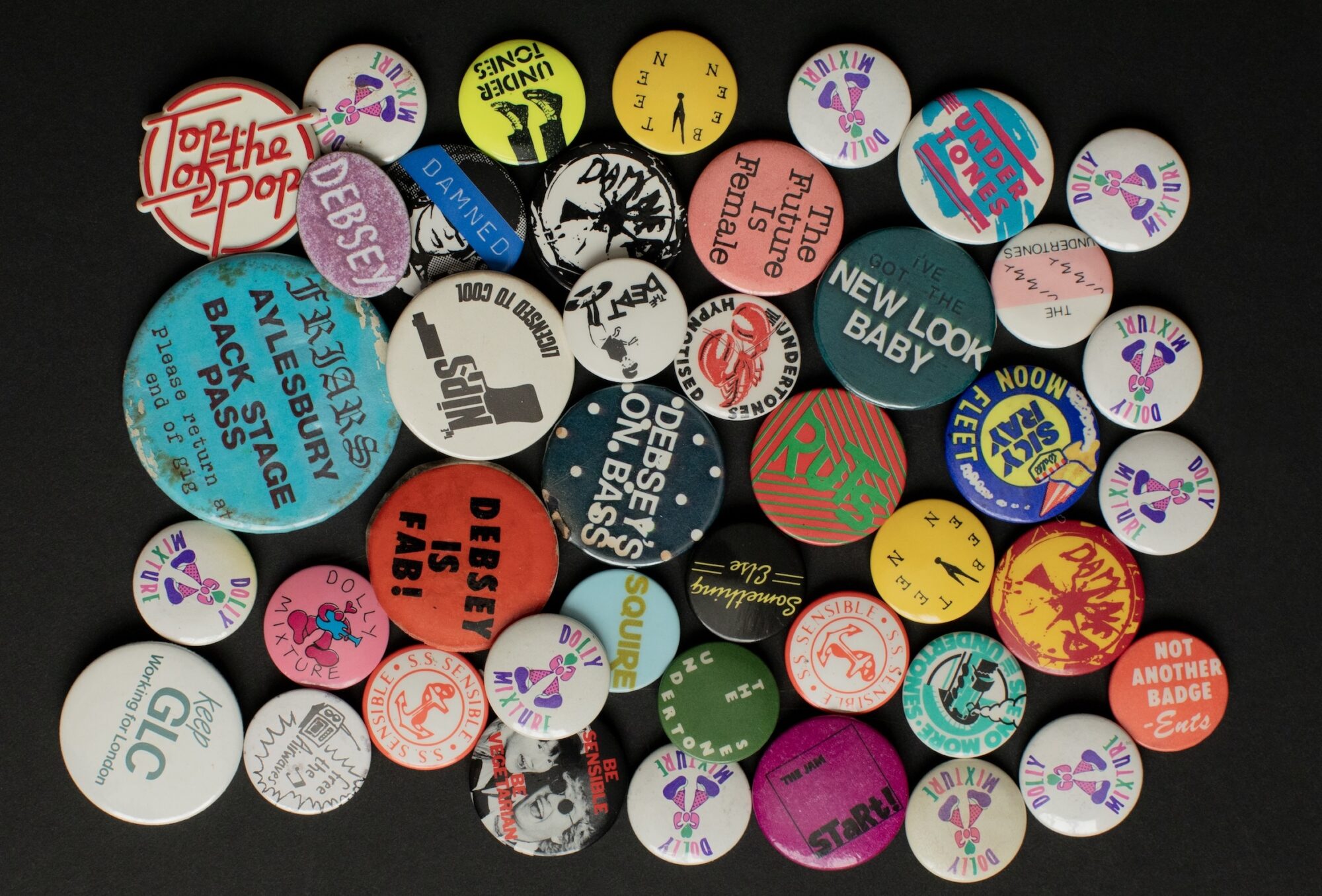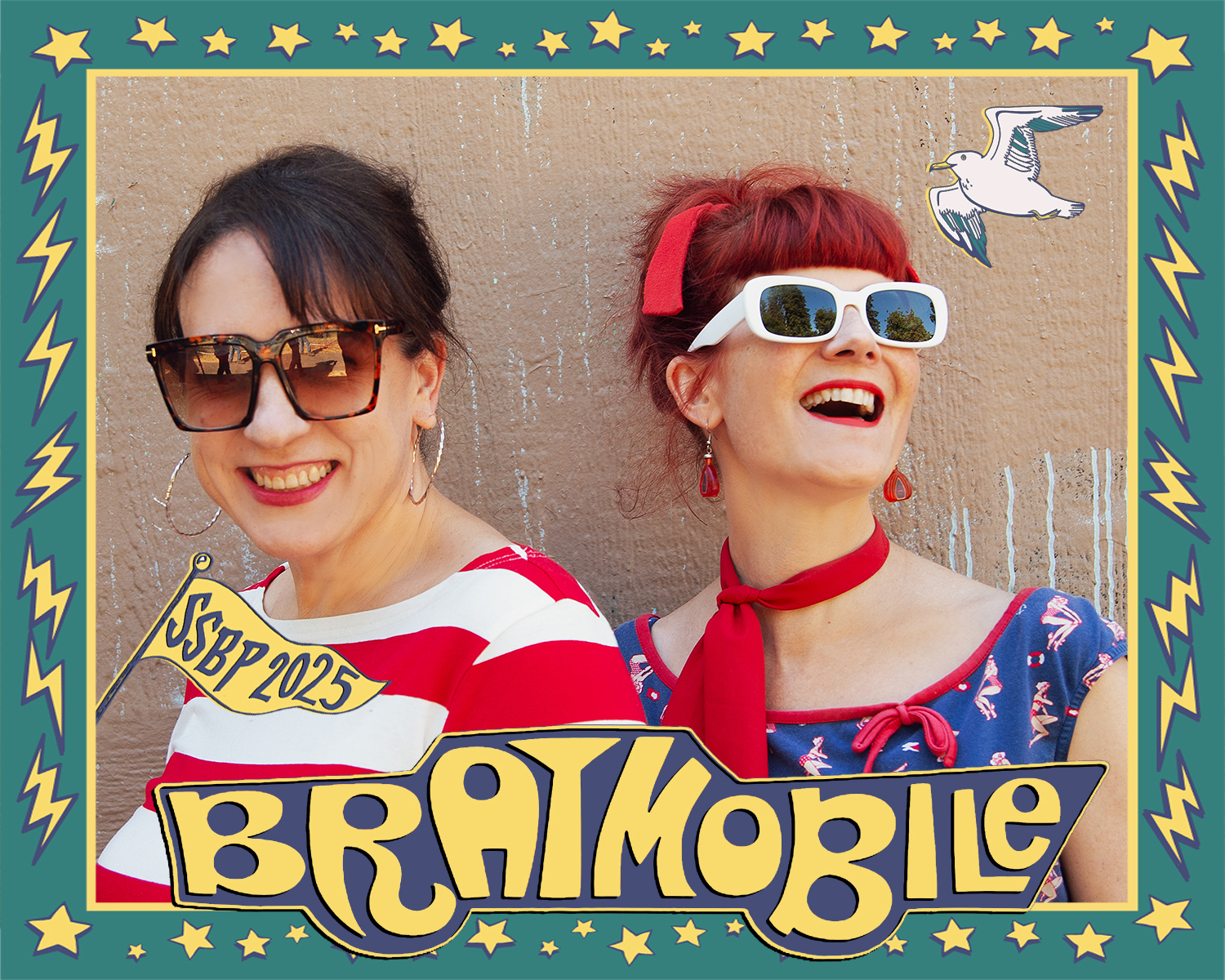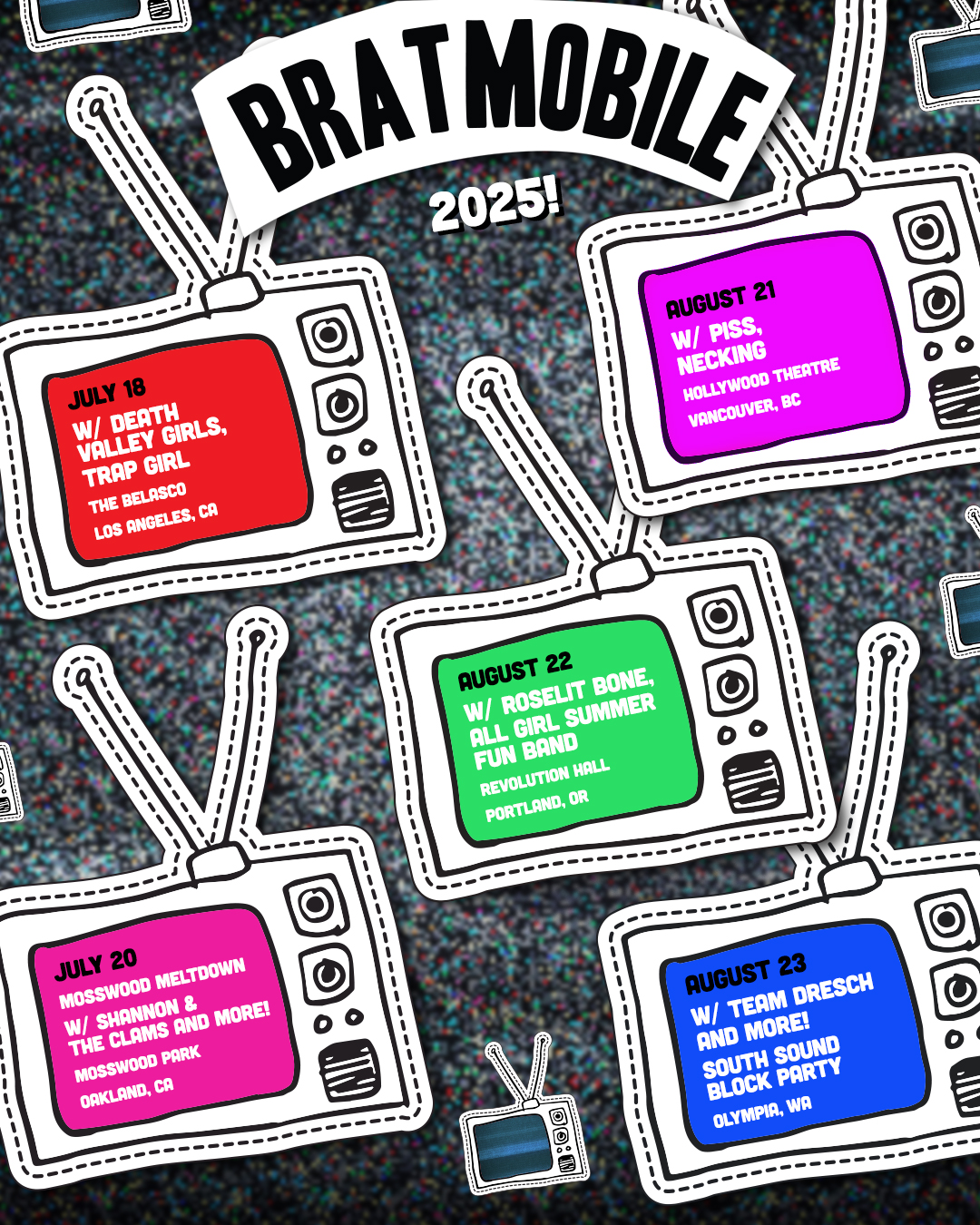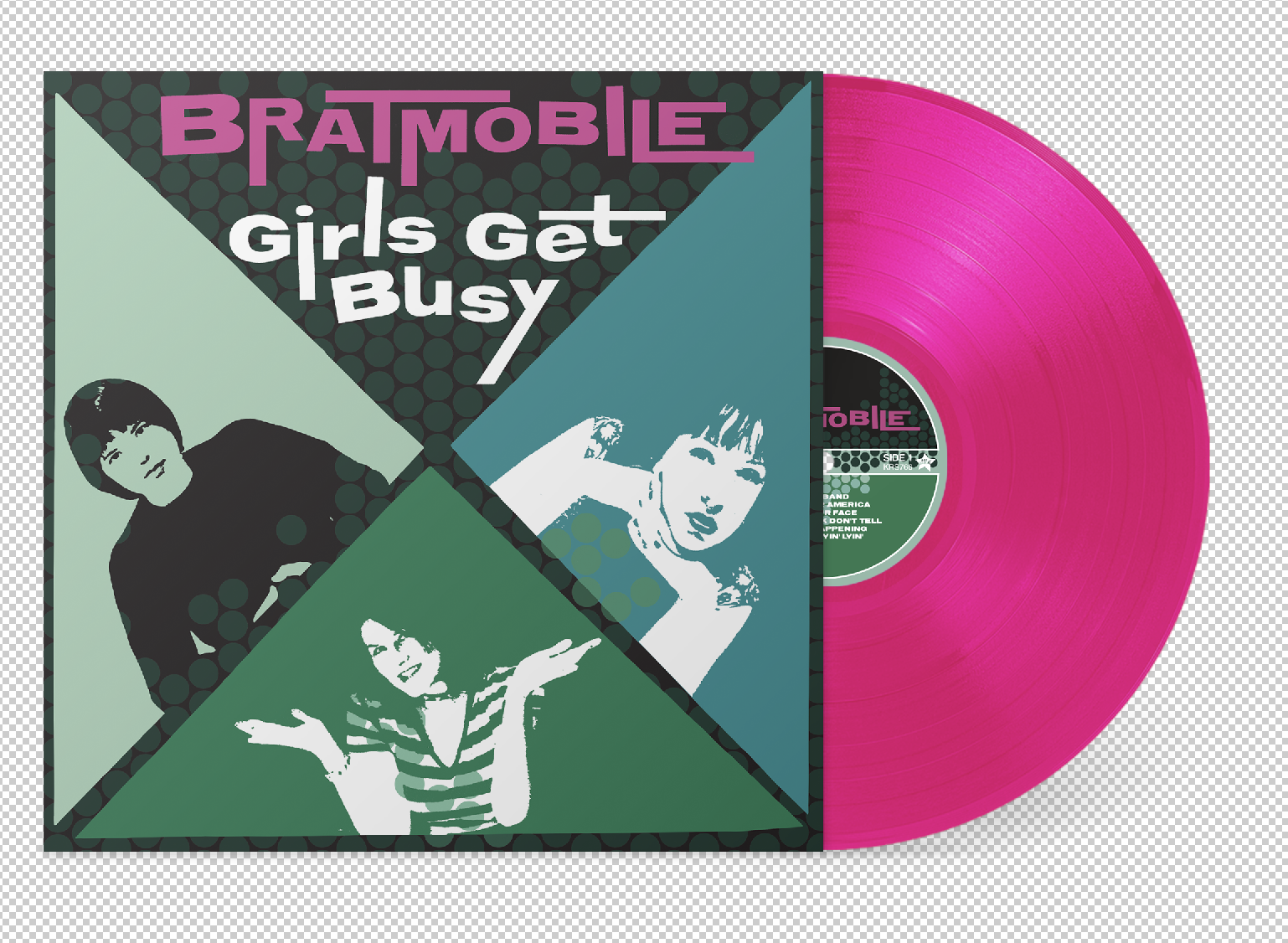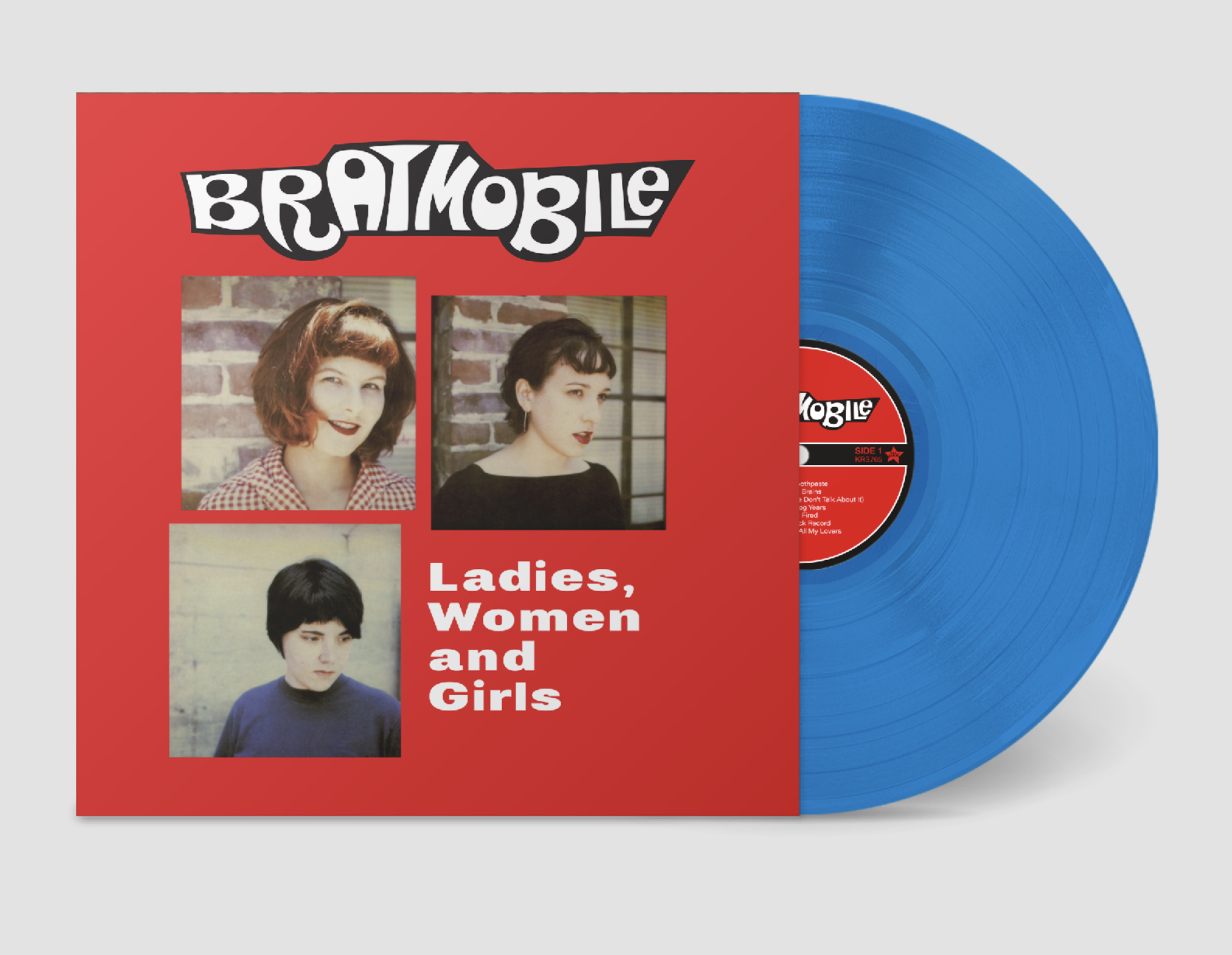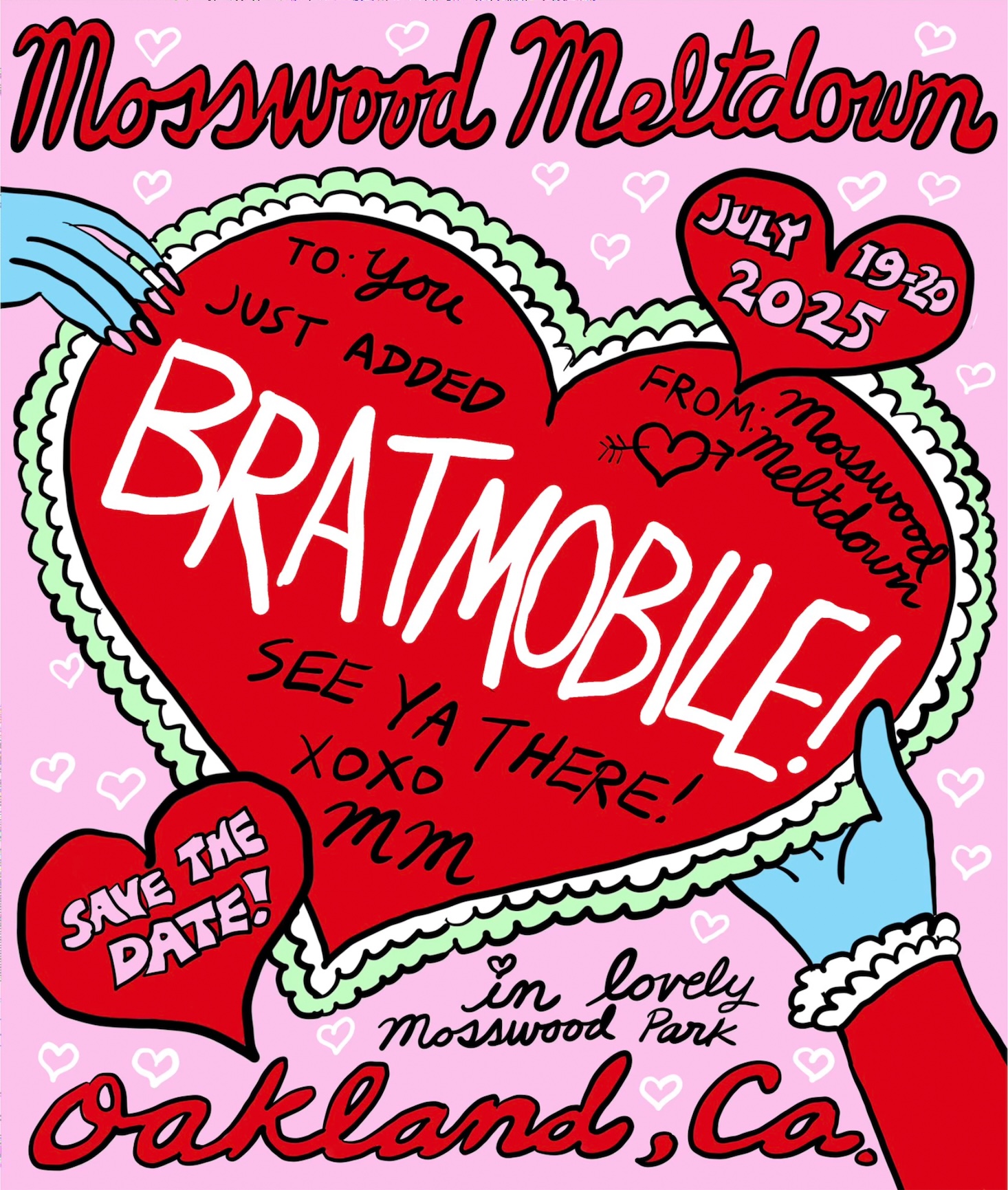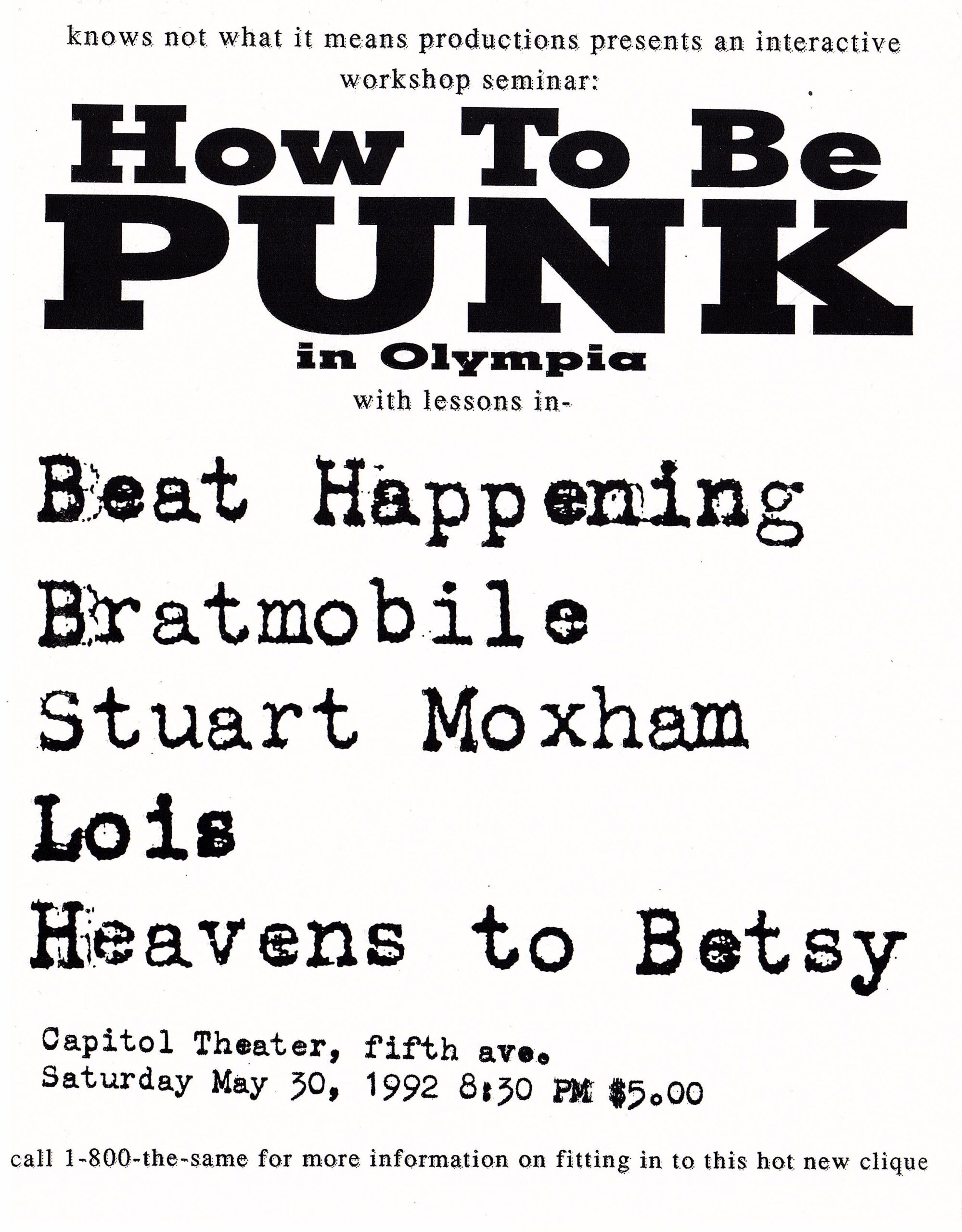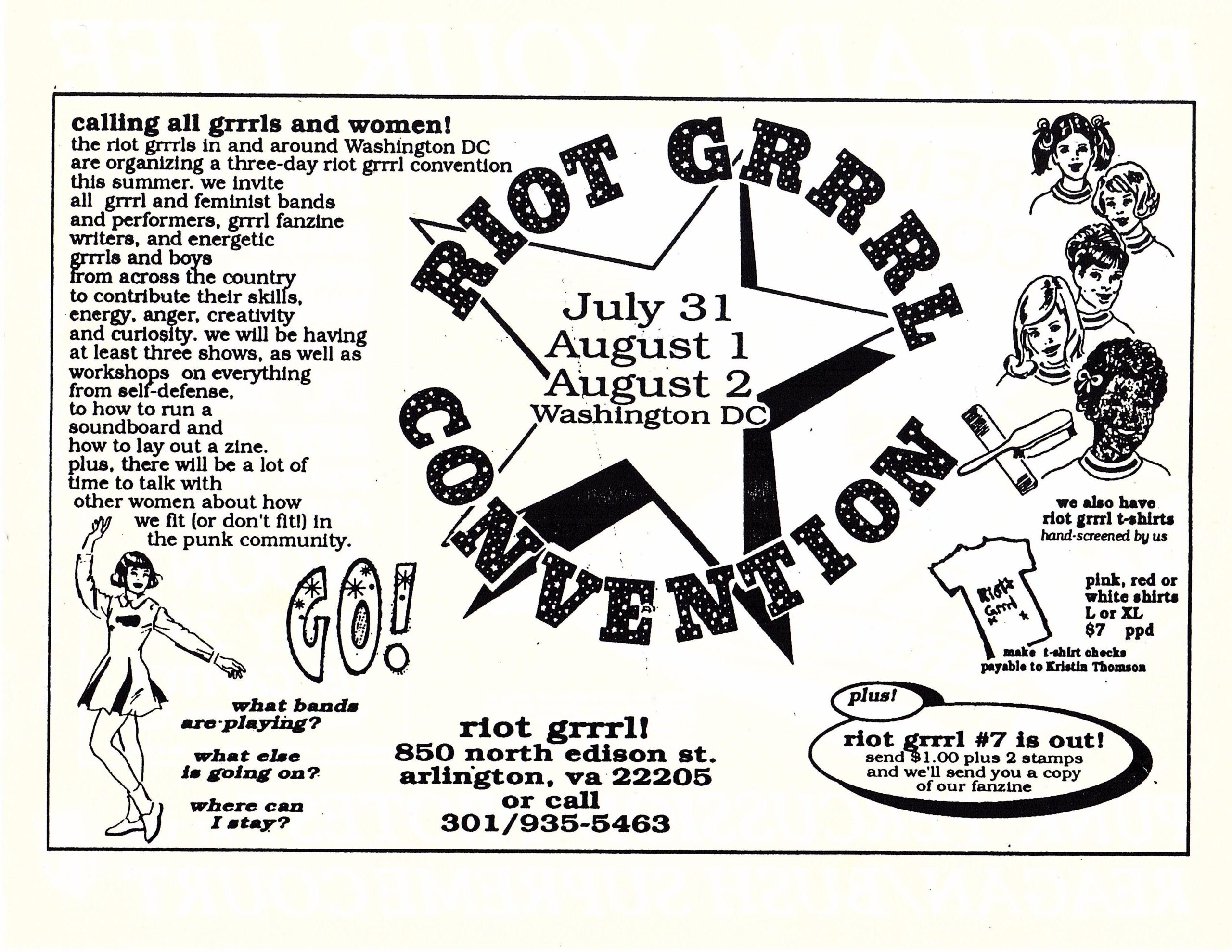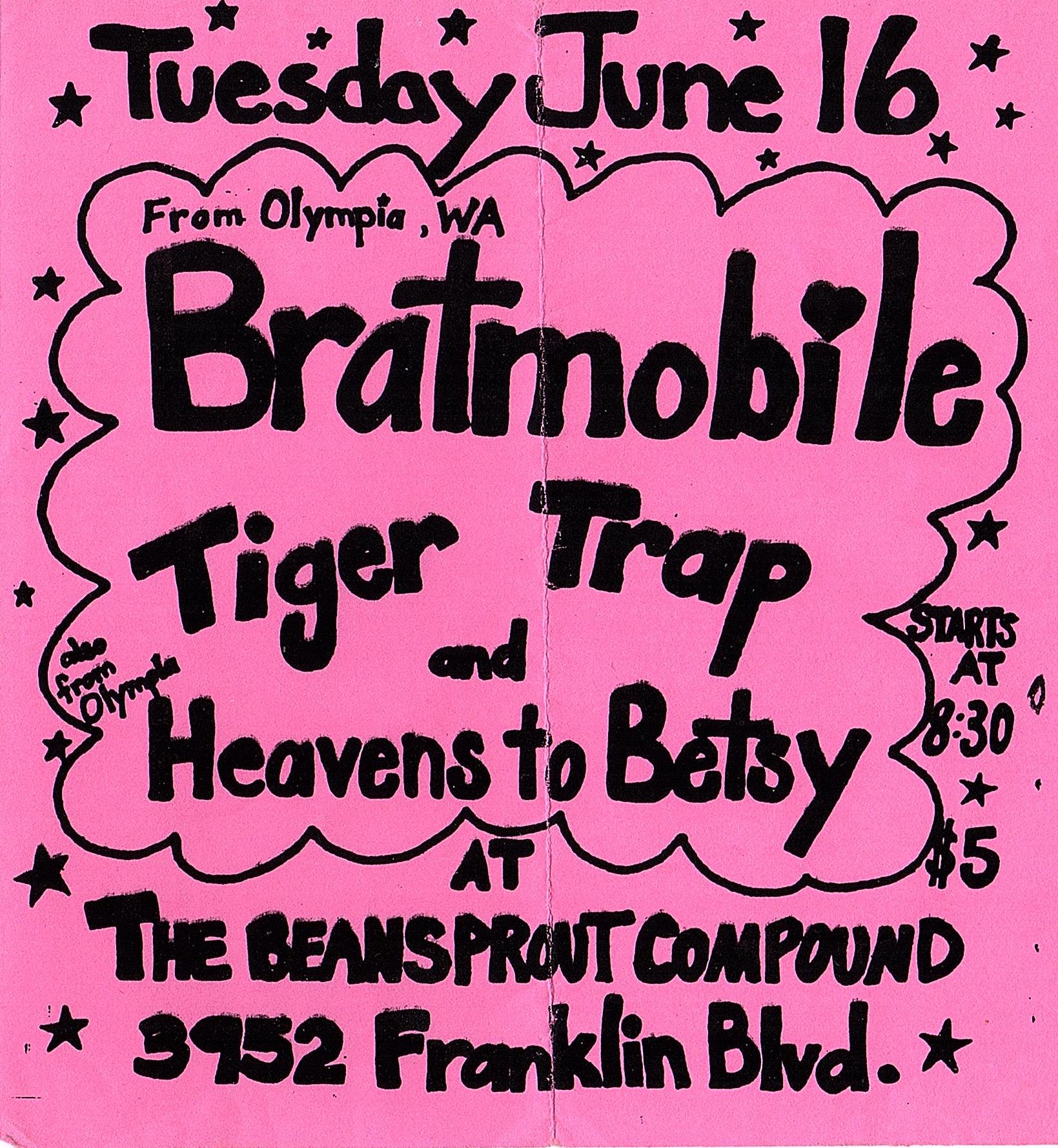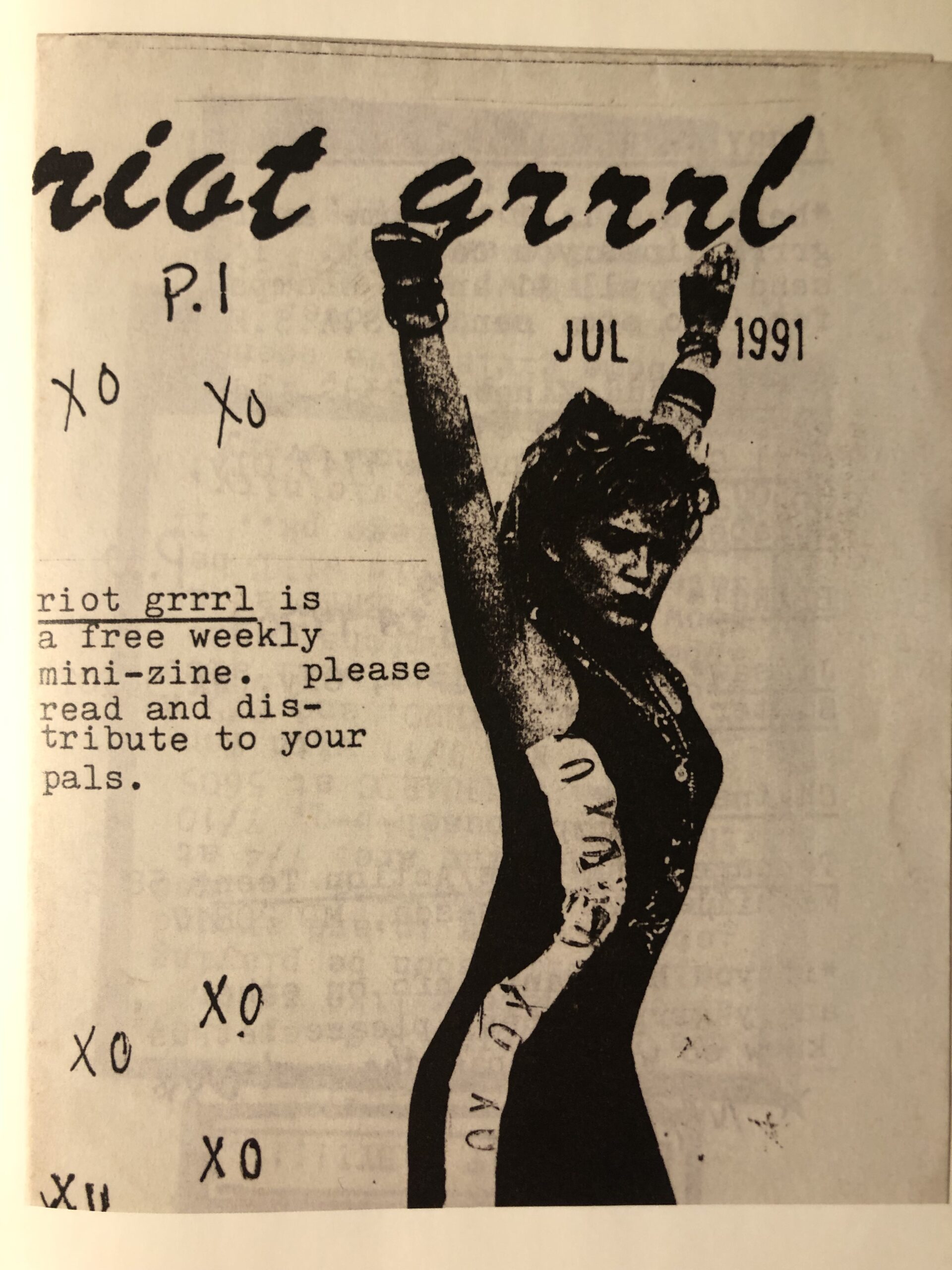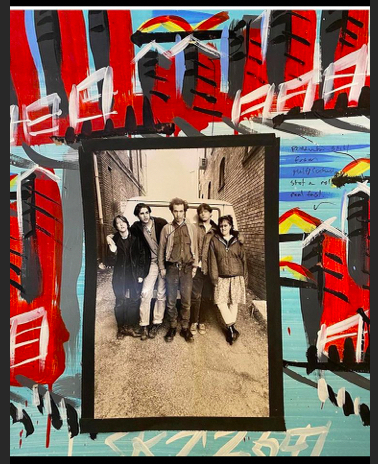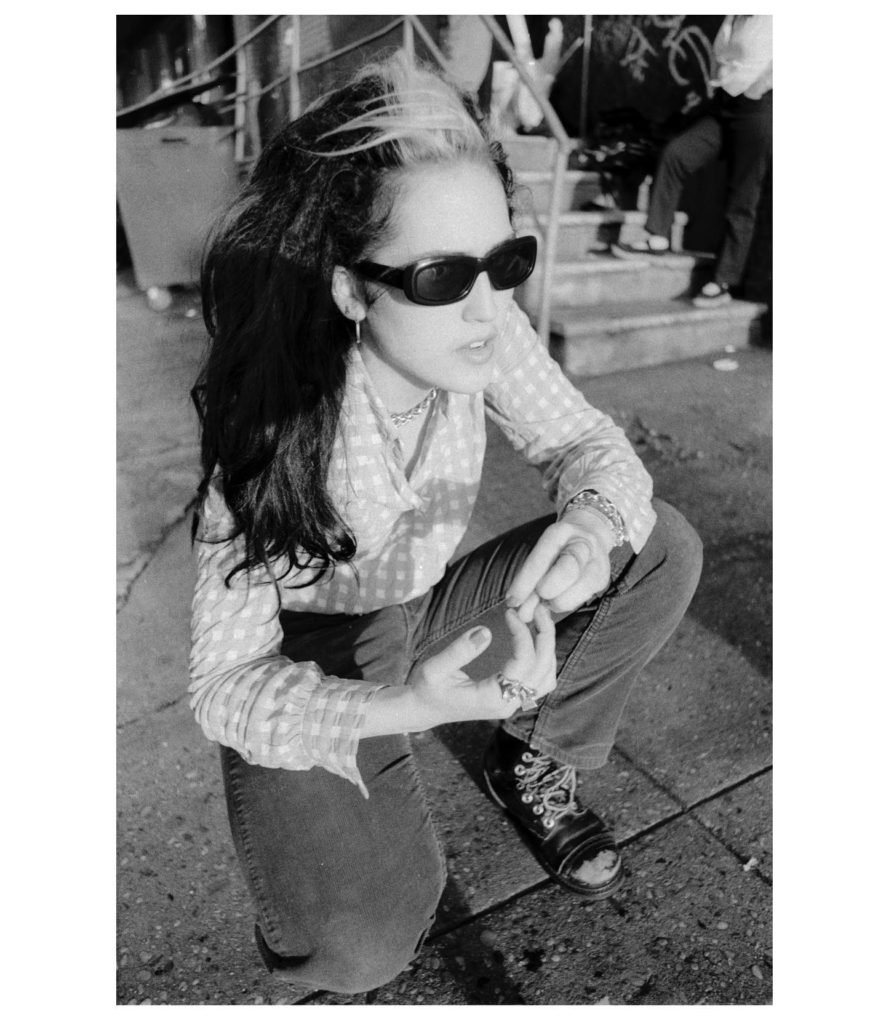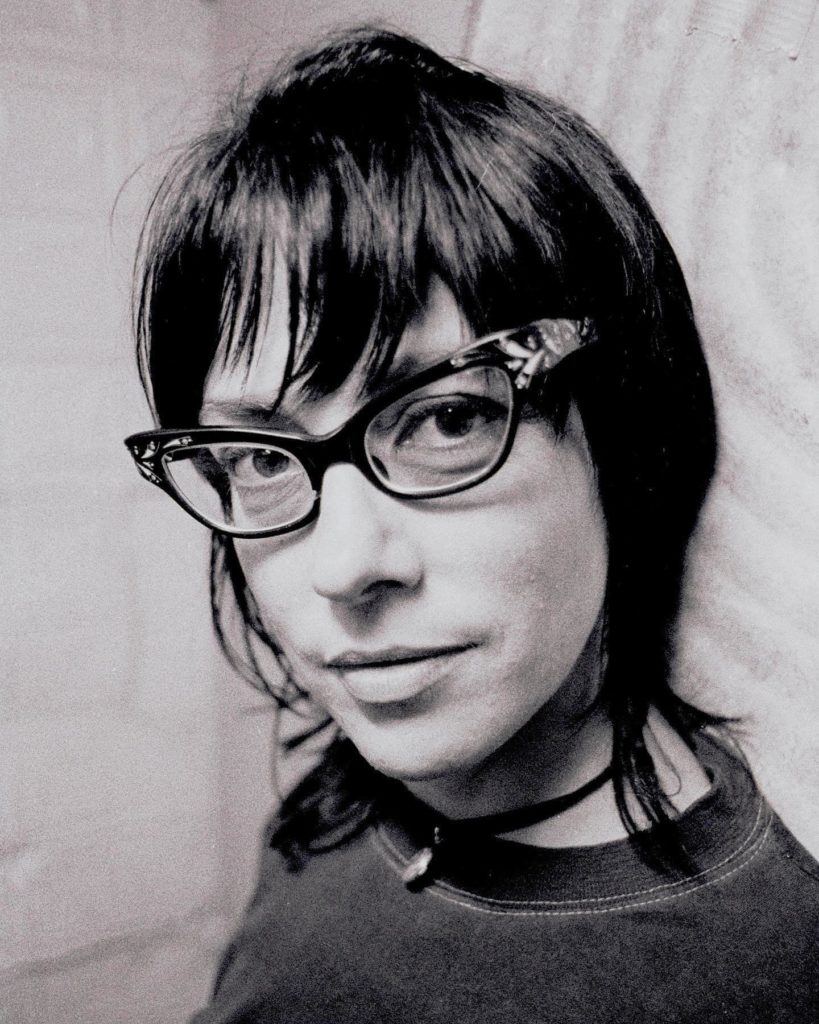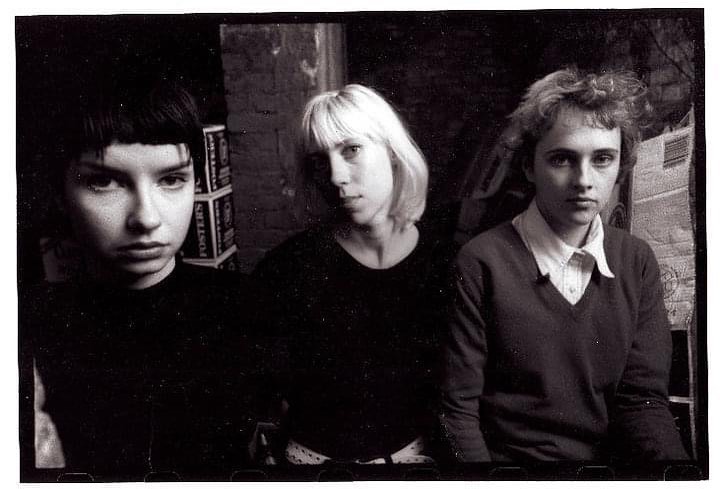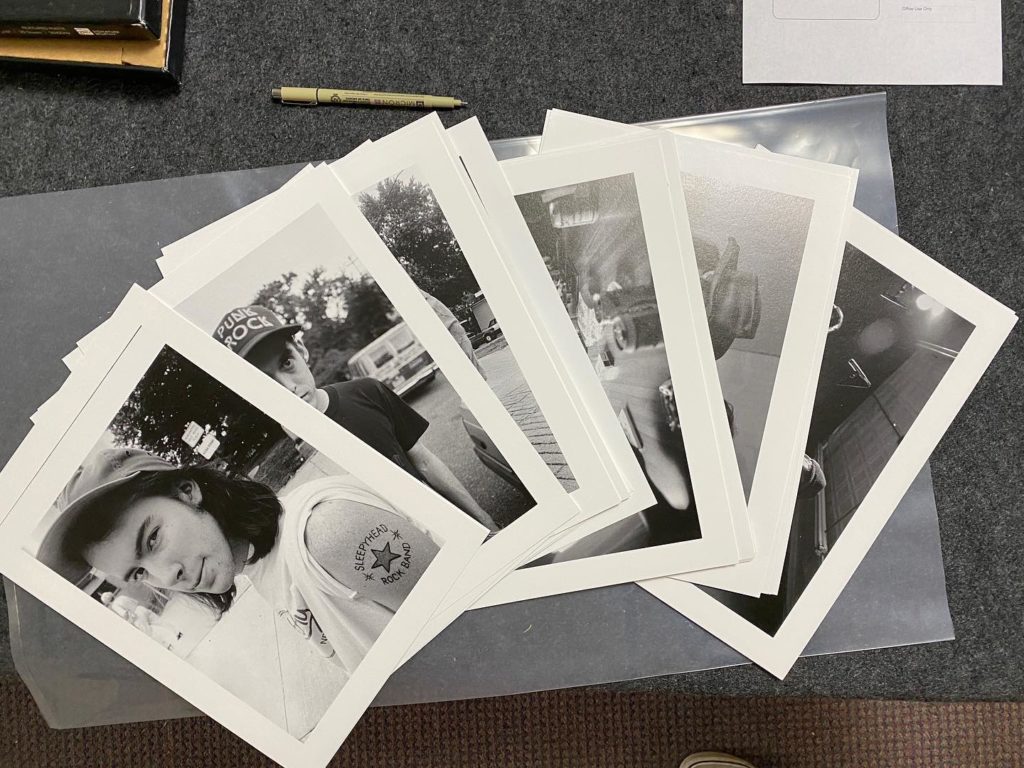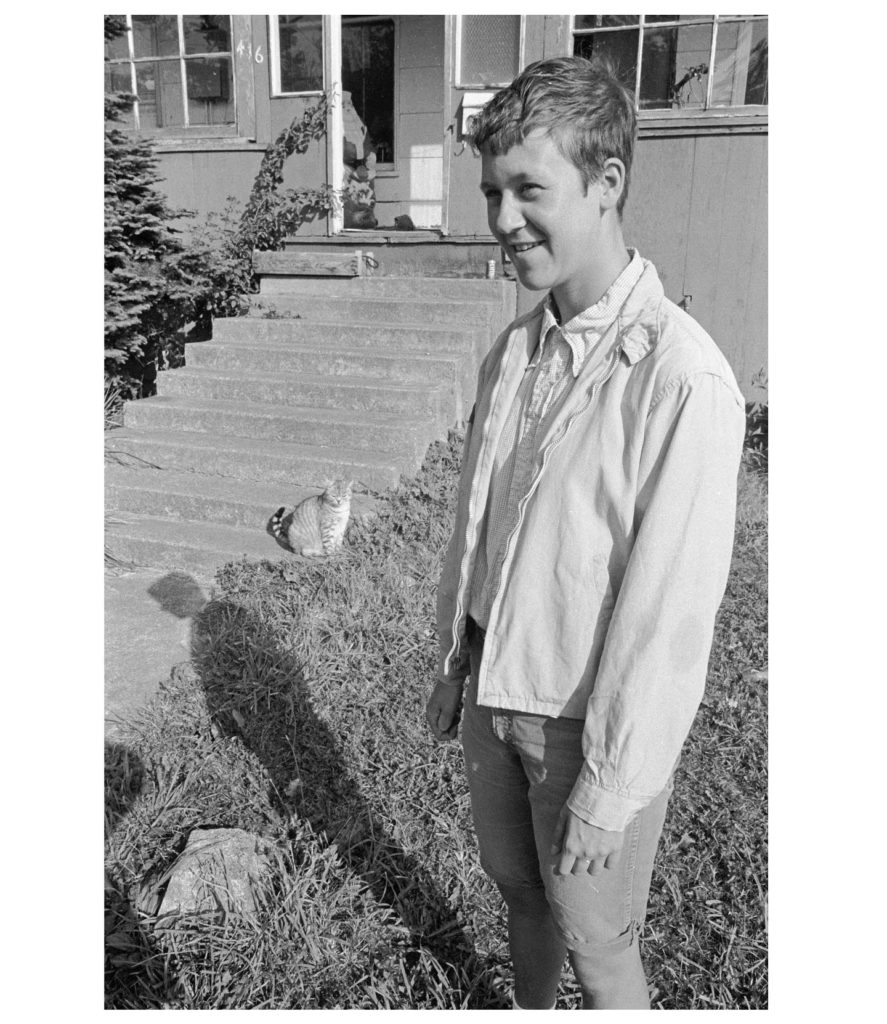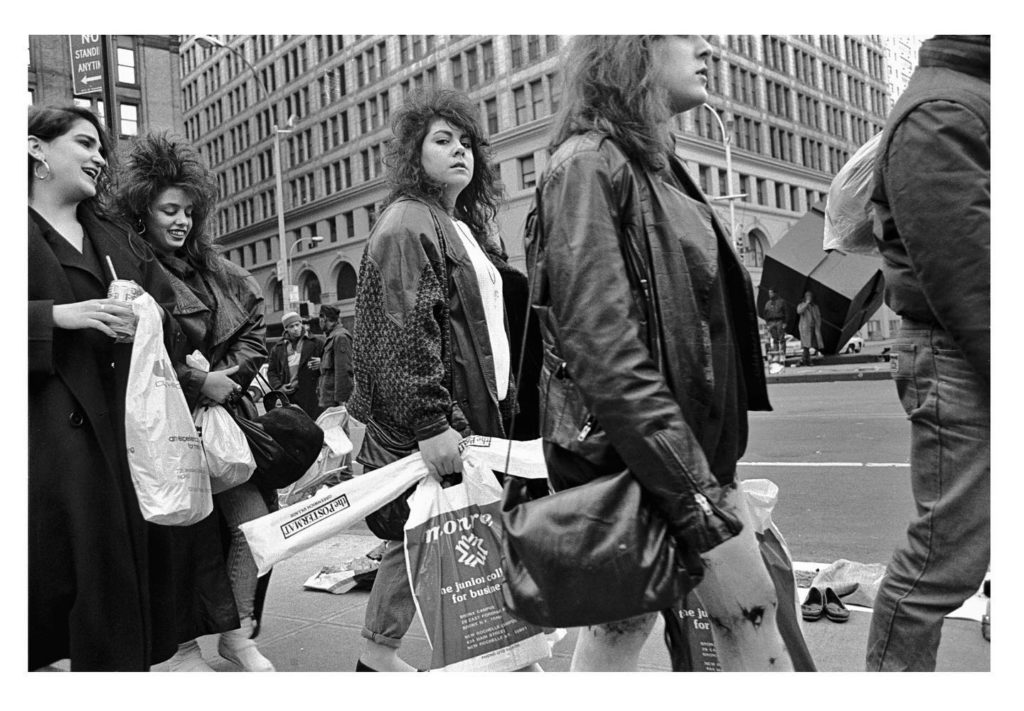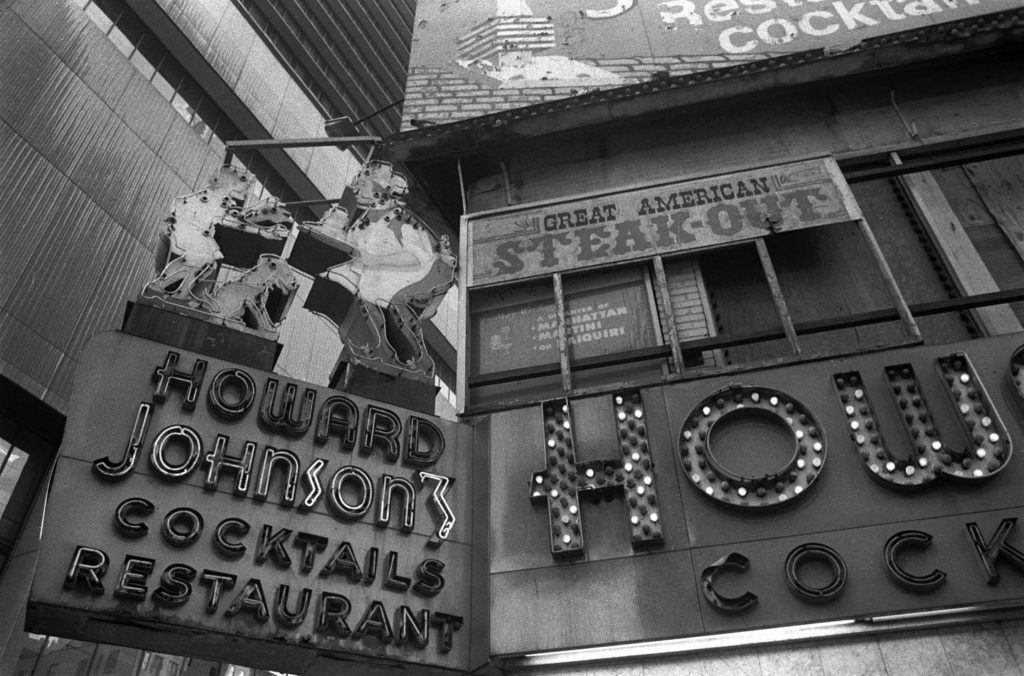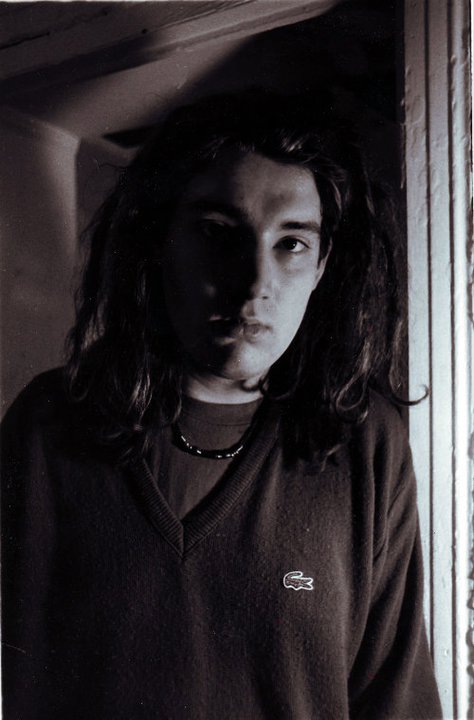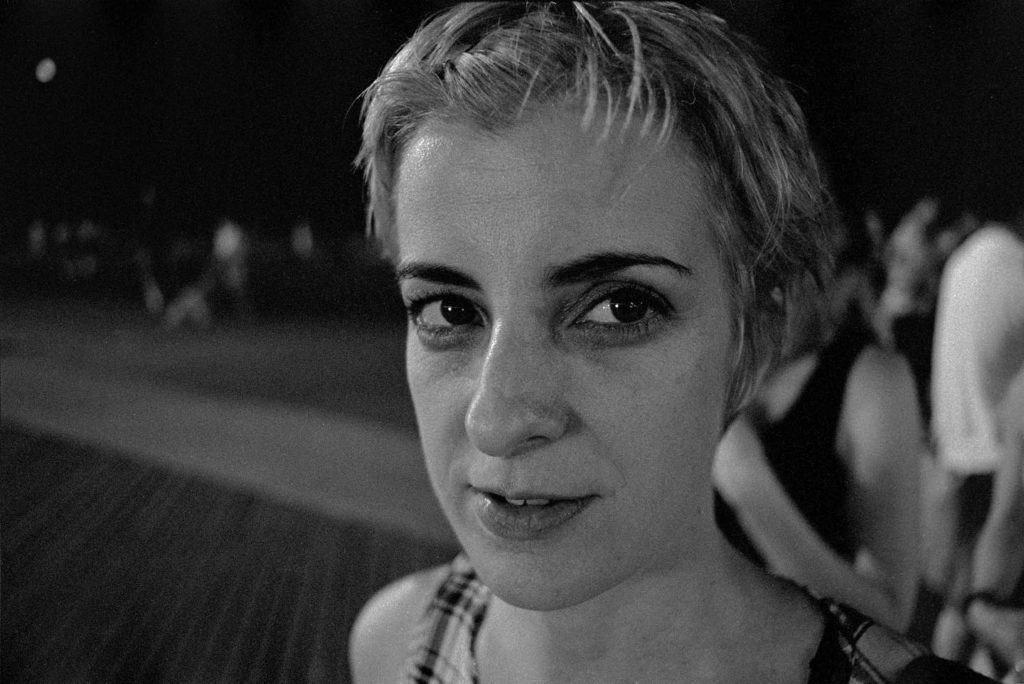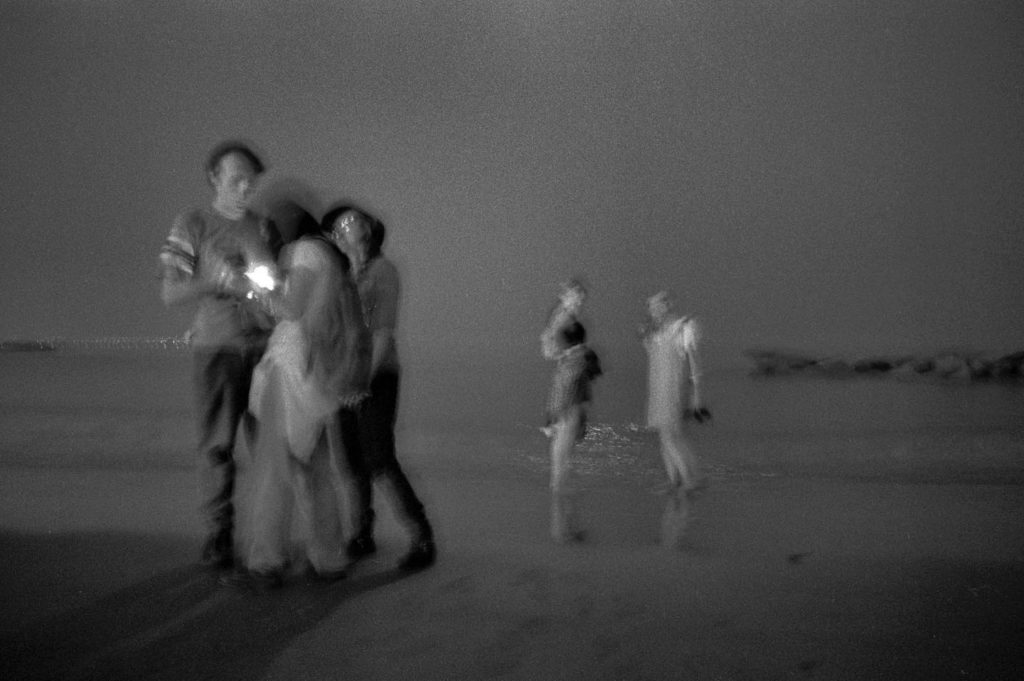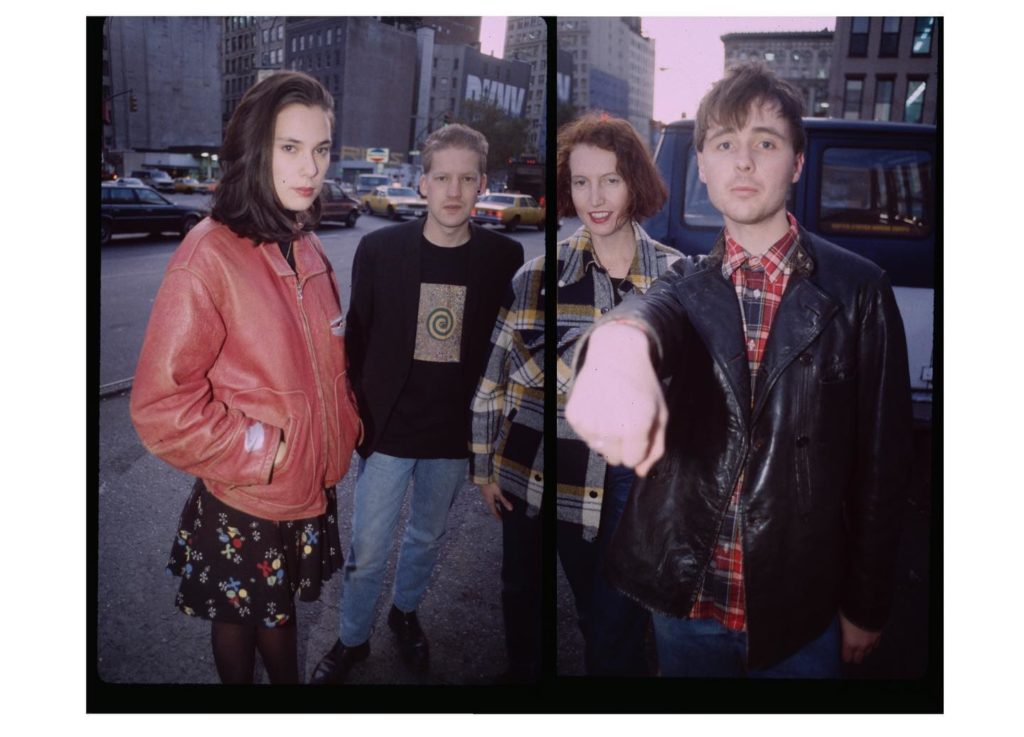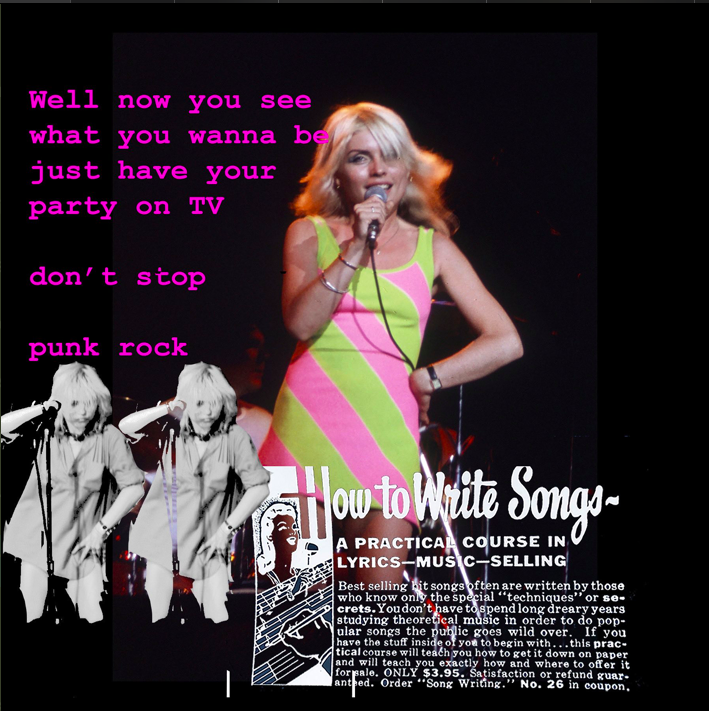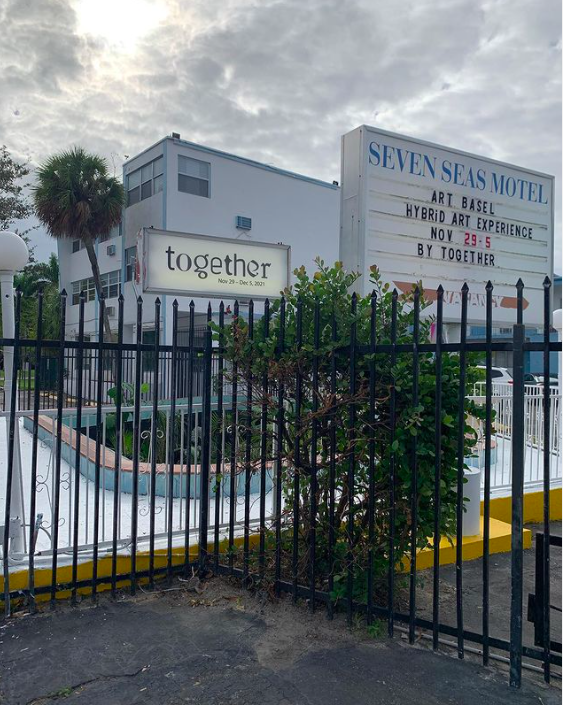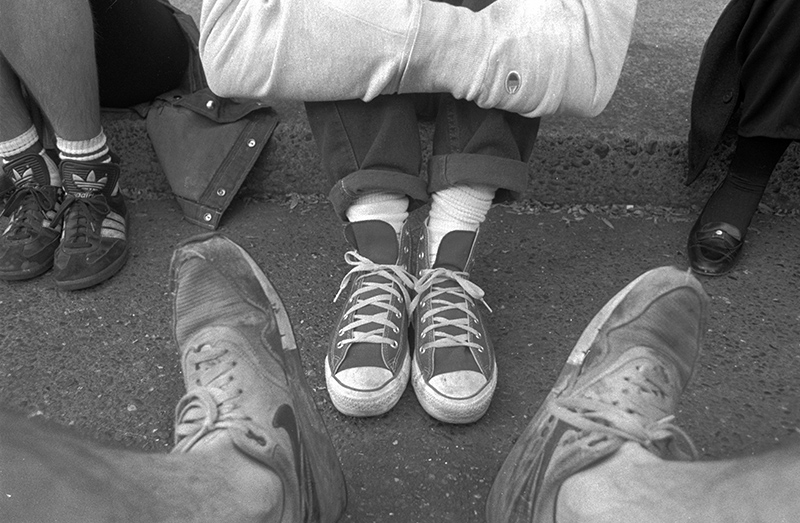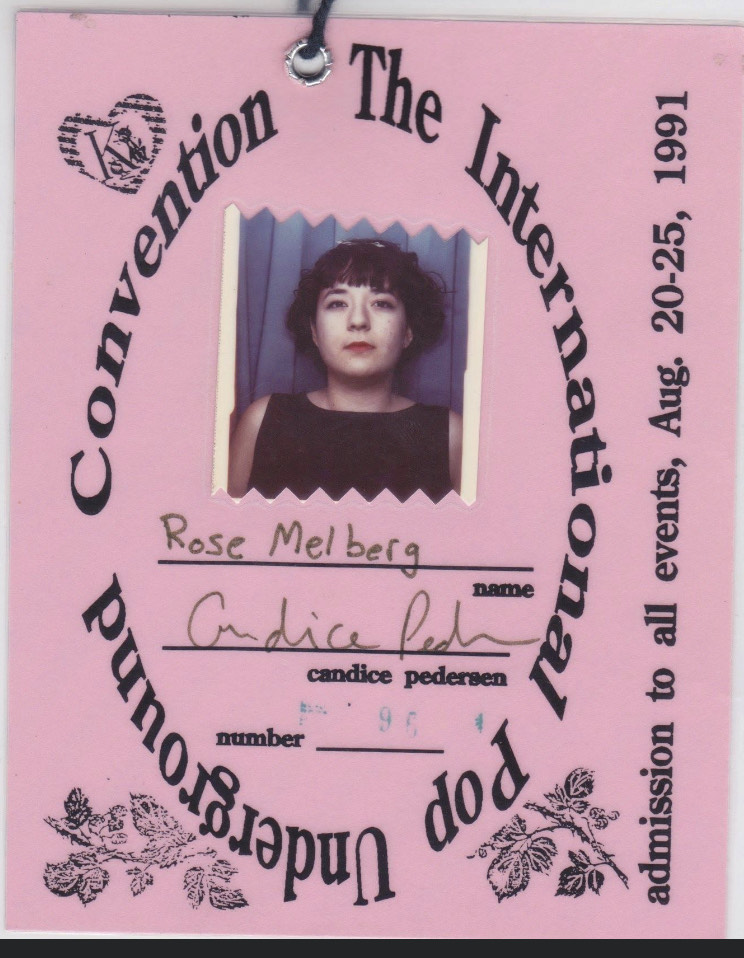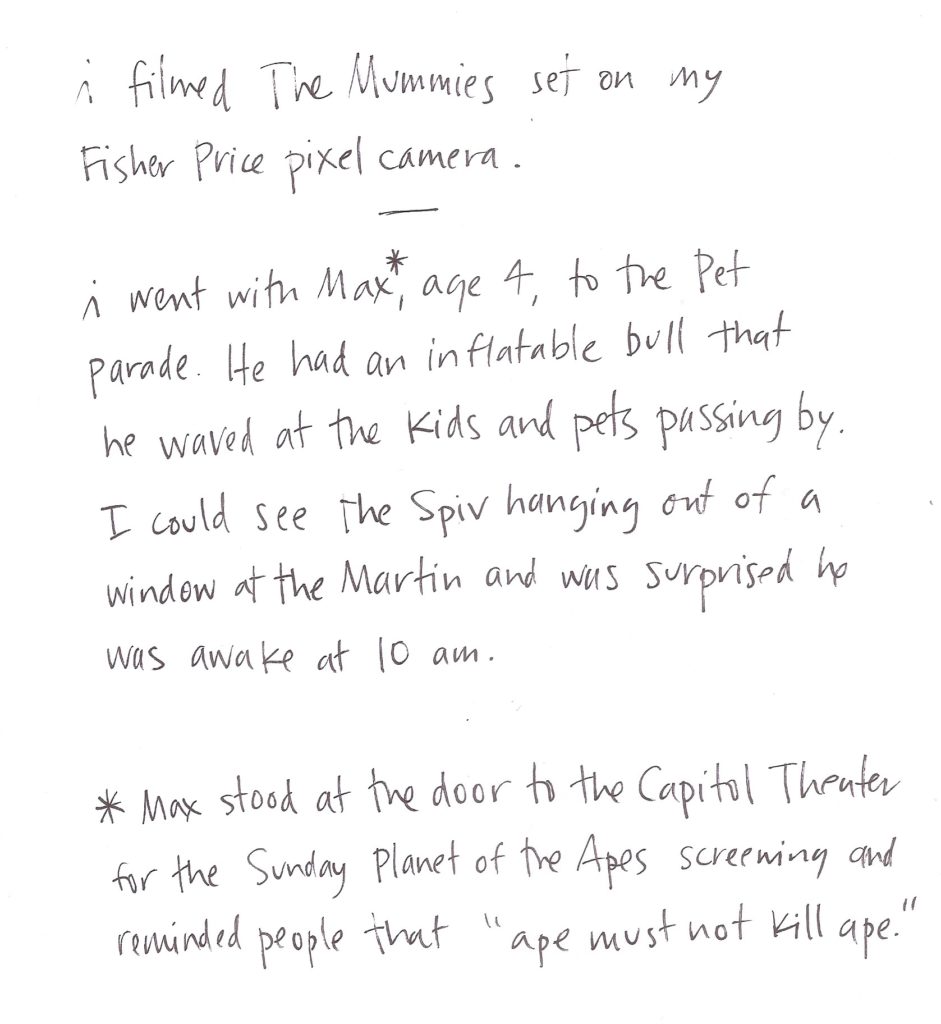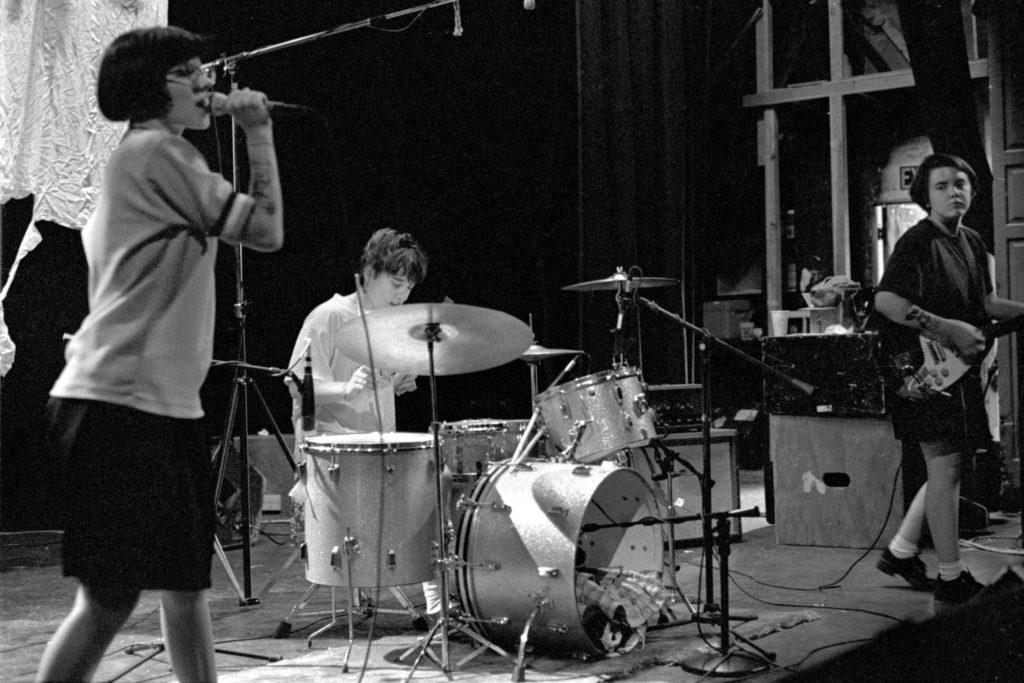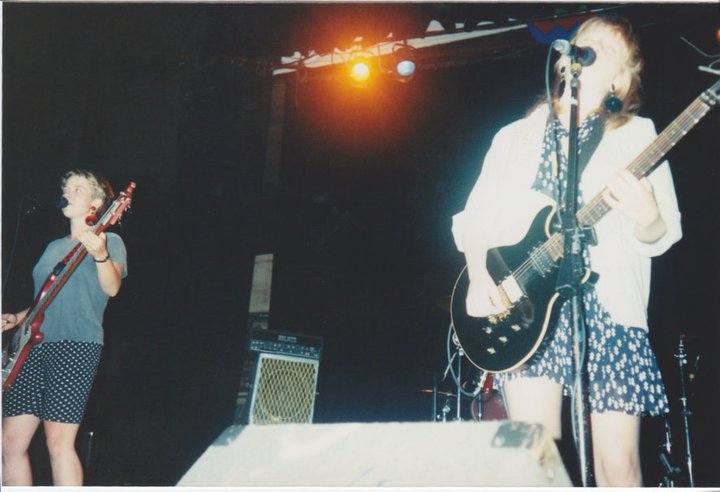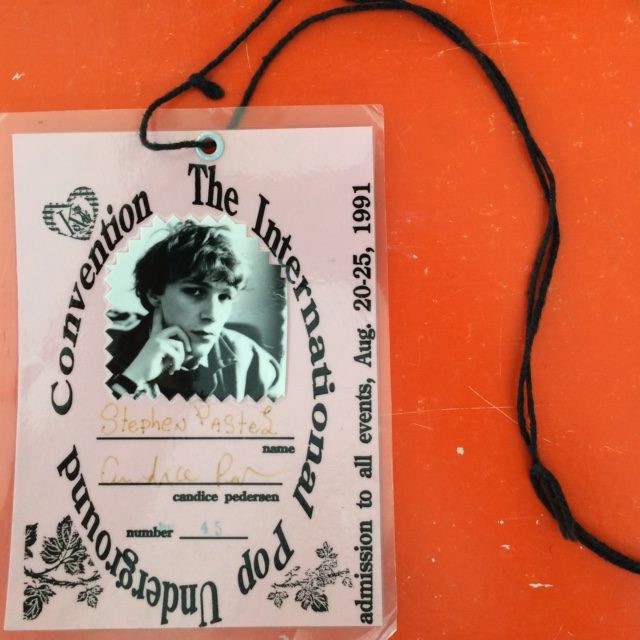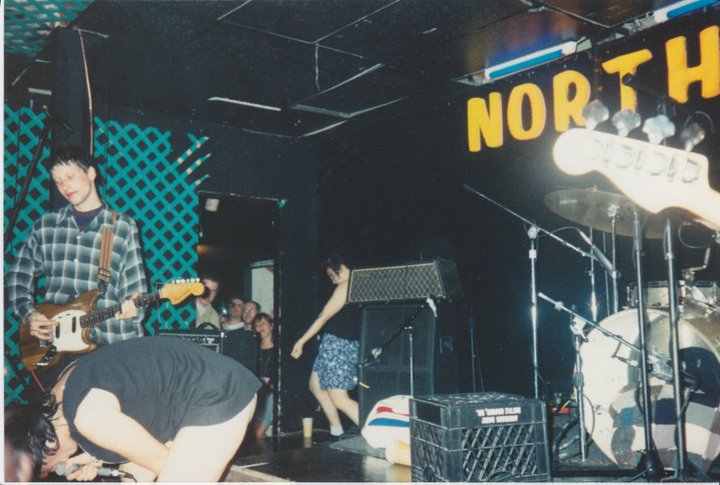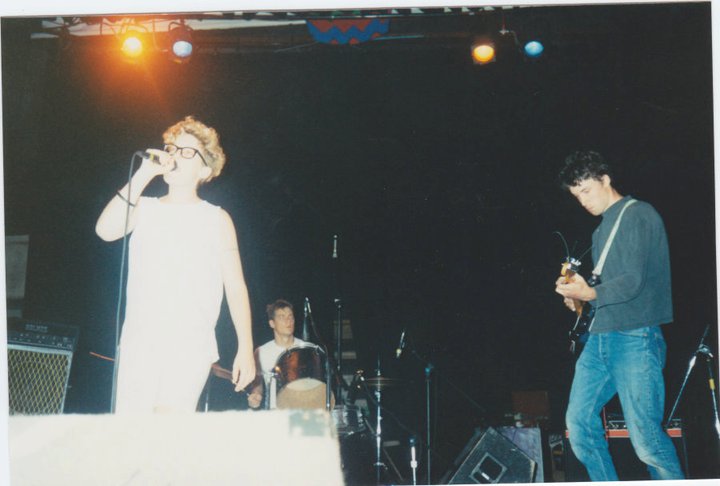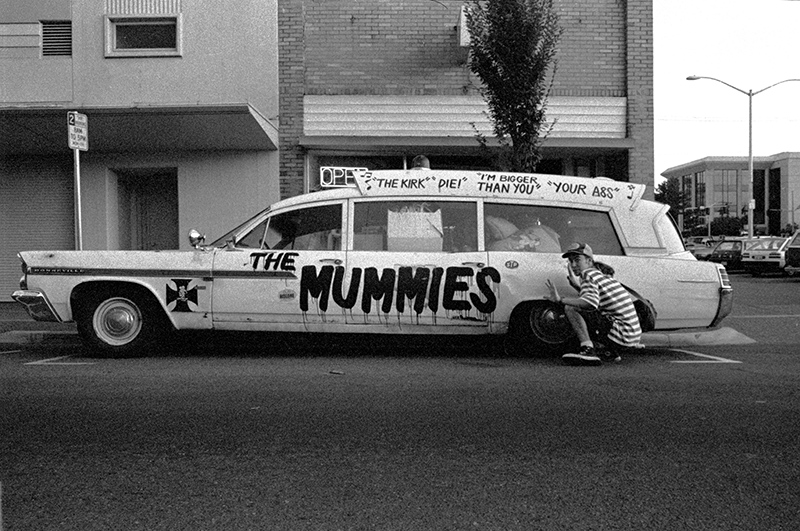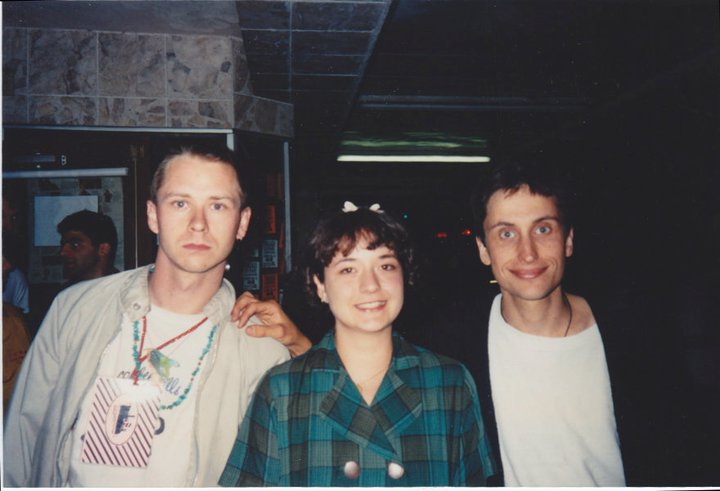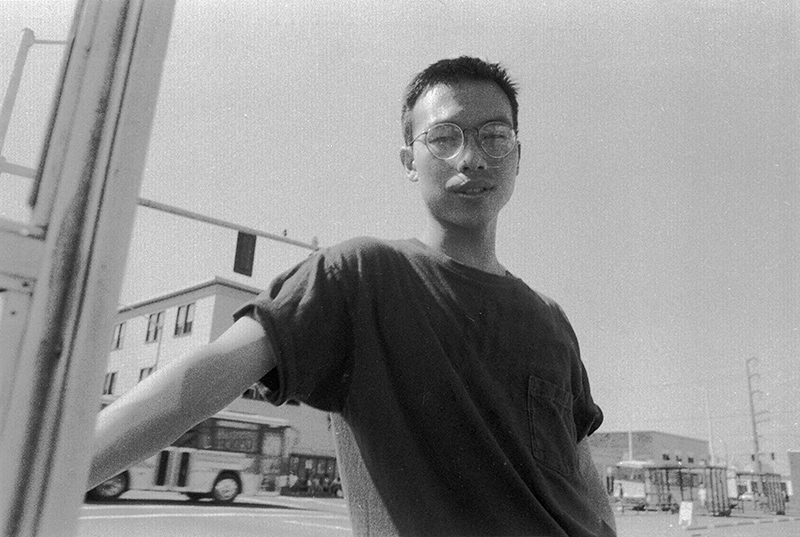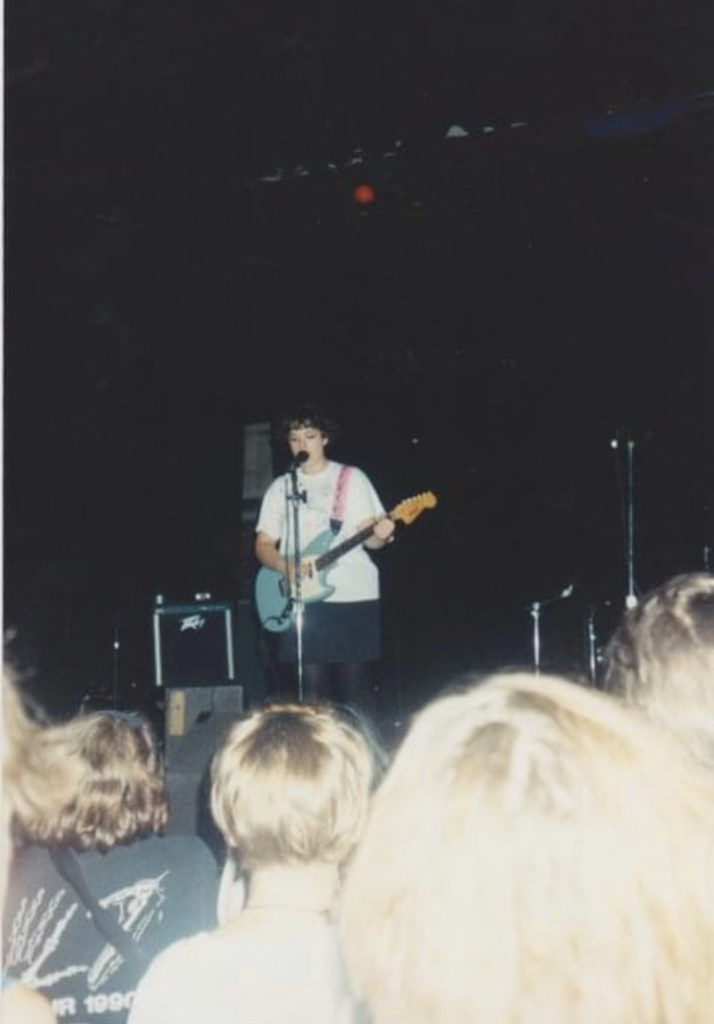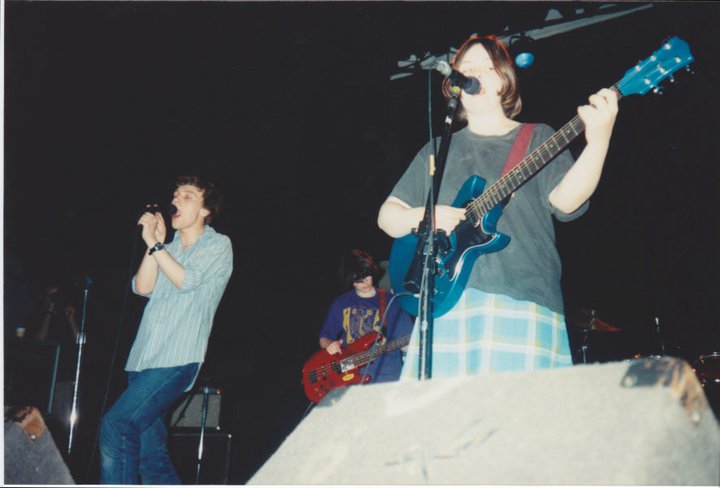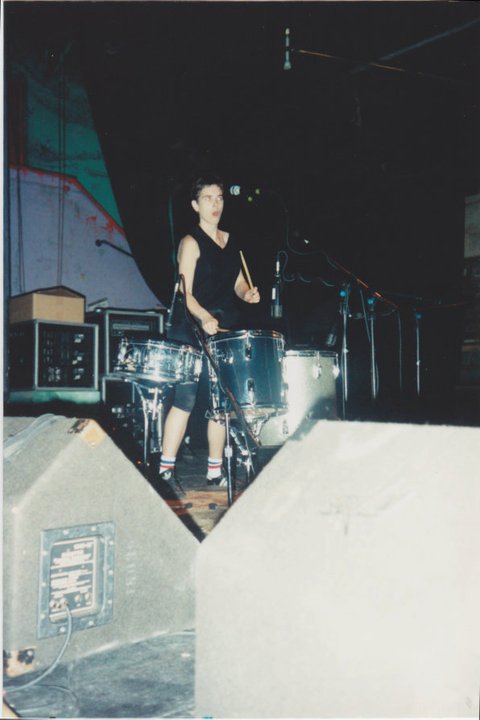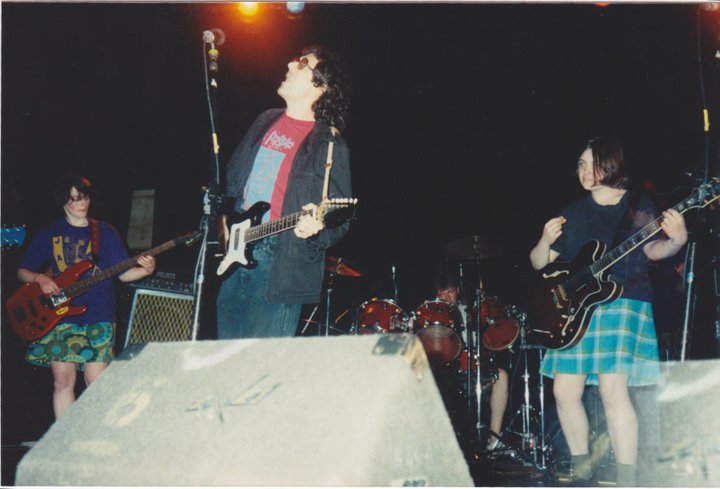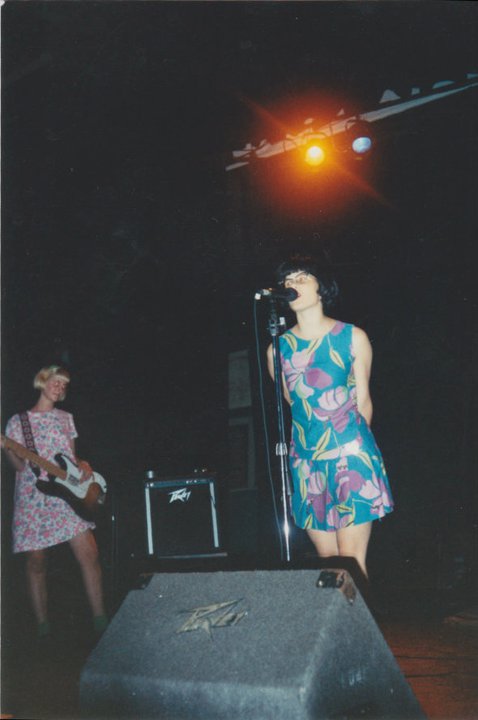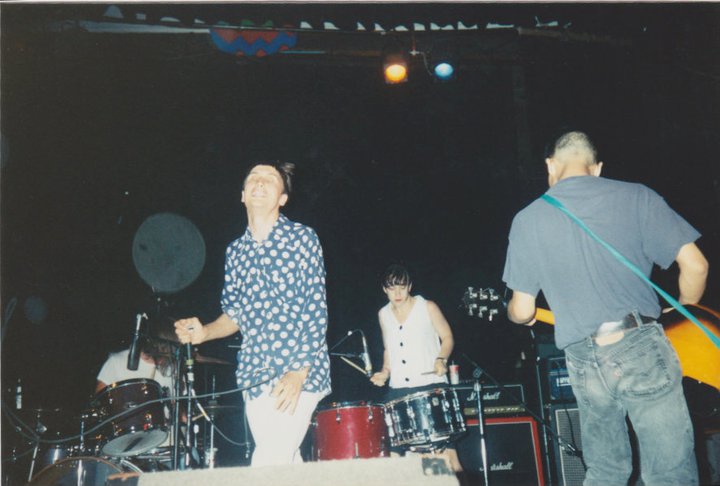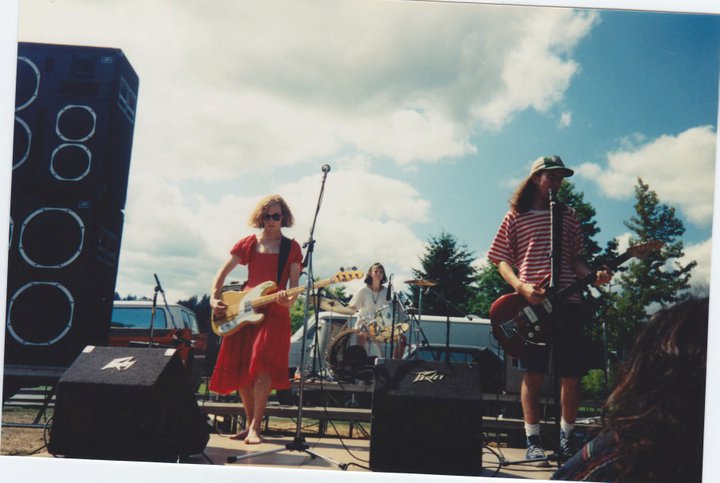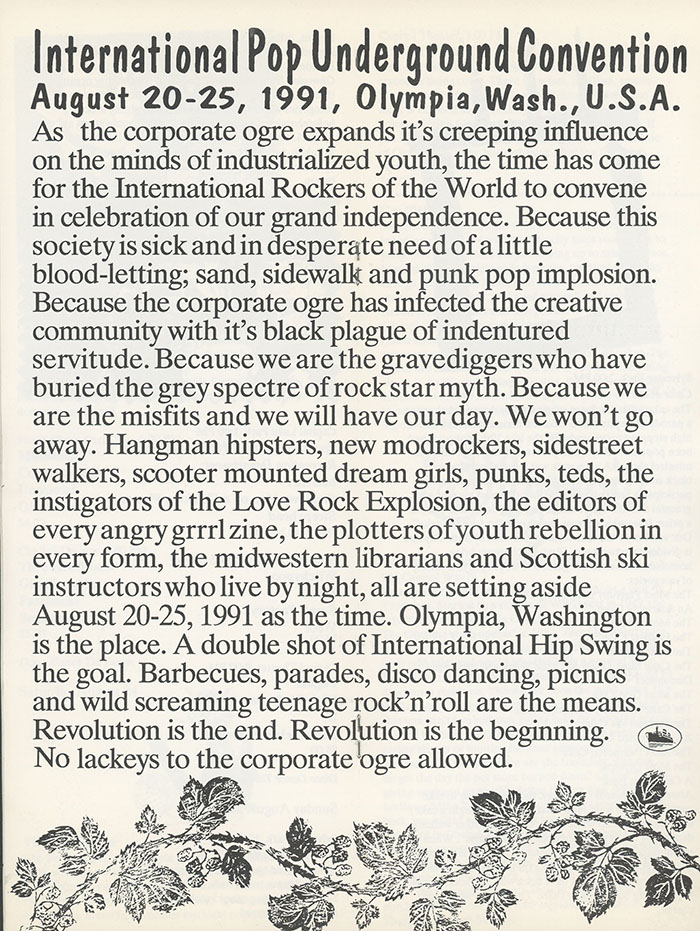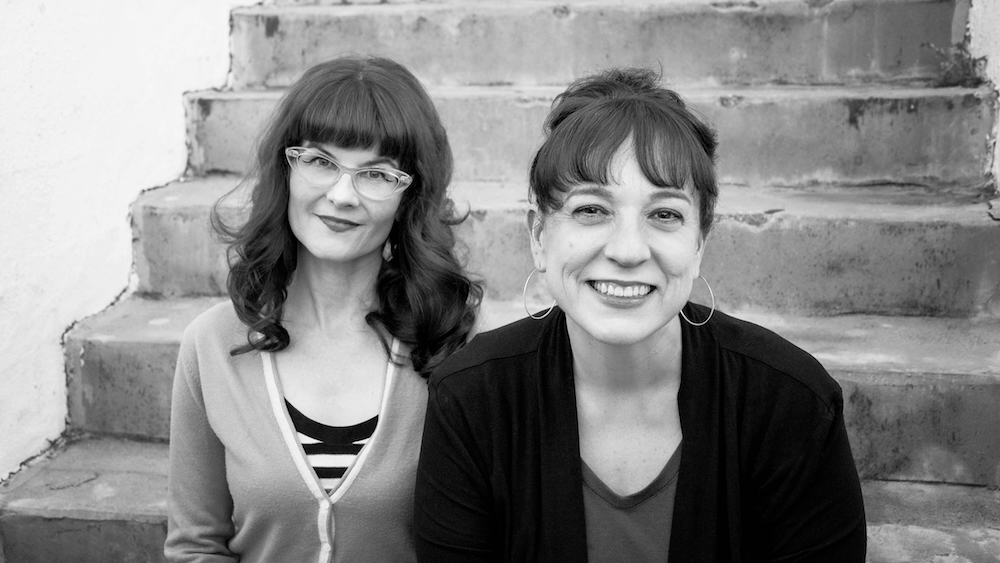
As the latest iteration of Bratmobile heads out for some summer live shows, we caught up with Molly Neuman and Allison Wolfe from the legendary riot grrrl band about the olden days, the current setup, fighting fascism and how to endure the current moment. Images courtesy of Molly and Allison
chickfactor: What years have Bratmobile been active?
Molly Neuman: Allison and I started the band in the bathroom of the UofO international dorm as a “concept” in the fall of 1989. Throughout the next year we started singing songs at various college parties. I was learning guitar and Allison was writing poems. We were both inspired by the music from the scene in Olympia which she turned me on to. We were asked to play a show on Valentines Day 1991 in maybe September 1990 so we had about six months to get our shit together and have something to do on stage.
1991 became the first year we were active. During spring break that year we played with Erin Smith, Christina Billotte and Jen Smith and learned songs together and played a show. A month or so later we were asked to open for Melvins in Olympia and Tobi Vail and Michelle Noel played with us. By the summer of that year we had settled on being a three-piece, Allison, Erin (Smith), and me and that was the lineup that we toured, wrote and recorded with through 1994.
We started playing together again from 1998 to 2002 and then paused again. That time, Audrey Marrs toured with us and Marty Key roadied. They both played on our last album, Girls Get Busy. We started playing shows again in 2023.
Allison Wolfe: Molly and I started the band in theory, naming it Bratmobile at the end of 1989, actually, but we didn’t think much about songwriting for a while. We’d go around saying we were in a band, but didn’t get serious until Calvin Johnson from K Records called our bluff and asked us to come up to Olympia to play a show on Valentine’s Day, 1991. Maybe that’s when the band really started. Erin Smith joined us in March 1991 when Molly and I were visiting DC for spring break. We broke up on stage in May 1994 at the Thread Waxing Space in NYC. That was mostly my fault! We got back together in 1999 and lasted till 2003. We got back together again as a three-piece in 2019 to play a one-off show in Olympia for Tobi Vail’s birthday. For this current edition of Bratmobile, we reformed in 2023 to play Mosswood Meltdown, and we’ve been playing a handful of shows every year since.
What other bands are you in or were you in?
Molly: I’ve been in The Lois, The Frumpies, The PeeChees, Love or Perish and Bratmobile.
Allison: I played in an early ’90s project band with Joaquin de la Puente called Dig Yr. Grave. I actually played guitar in a very brief Evergreen State College class project band called Lil’ Missy with my friend Dana Younkins. Erin Smith and I formed Cold Cold Hearts (originally, briefly called “Sweet Young Fiends”) in Washington DC in 1995. We soon added Nattles and Katherine Brown and toured with Bikini Kill and Team Dresch in early 1996. After that, I was in my “boy band” Deep Lust with Steve Dore and Tommy Orr starting in 1998. I danced and sang backups in a laptop band Hawnay Troof for a few years with Vice Cooler. Then I was in a DC band Partyline with Angela Melkisethian and Crystal Bradley from 2004-2010. I started a band called Cool Moms in 2011, not long after I moved to LA, with Grace Hall, Mary Jane Regalado (now in Downtown Boys), and Shelina Louise. Then I was in Sex Stains, which was very dear to me, from early 2014 till late 2017, with Mecca Vazie Andrews, Sharif Dumani, Pachy Garcia and David Orlando. When Sex Stains broke up, we turned into Ex Stains, which was me, David, Pachy, and Gregg Foreman on guitar. Alice Bag, Seth Bogart (Gravy Train!!!!!, Hunx & His Punx) and I played three shows in a project band that changed names for each show (Double Scorpio, Scorpio Scorpio, and Cliquey Bitches). We put out a record on a Vienna label, Fettkakao.
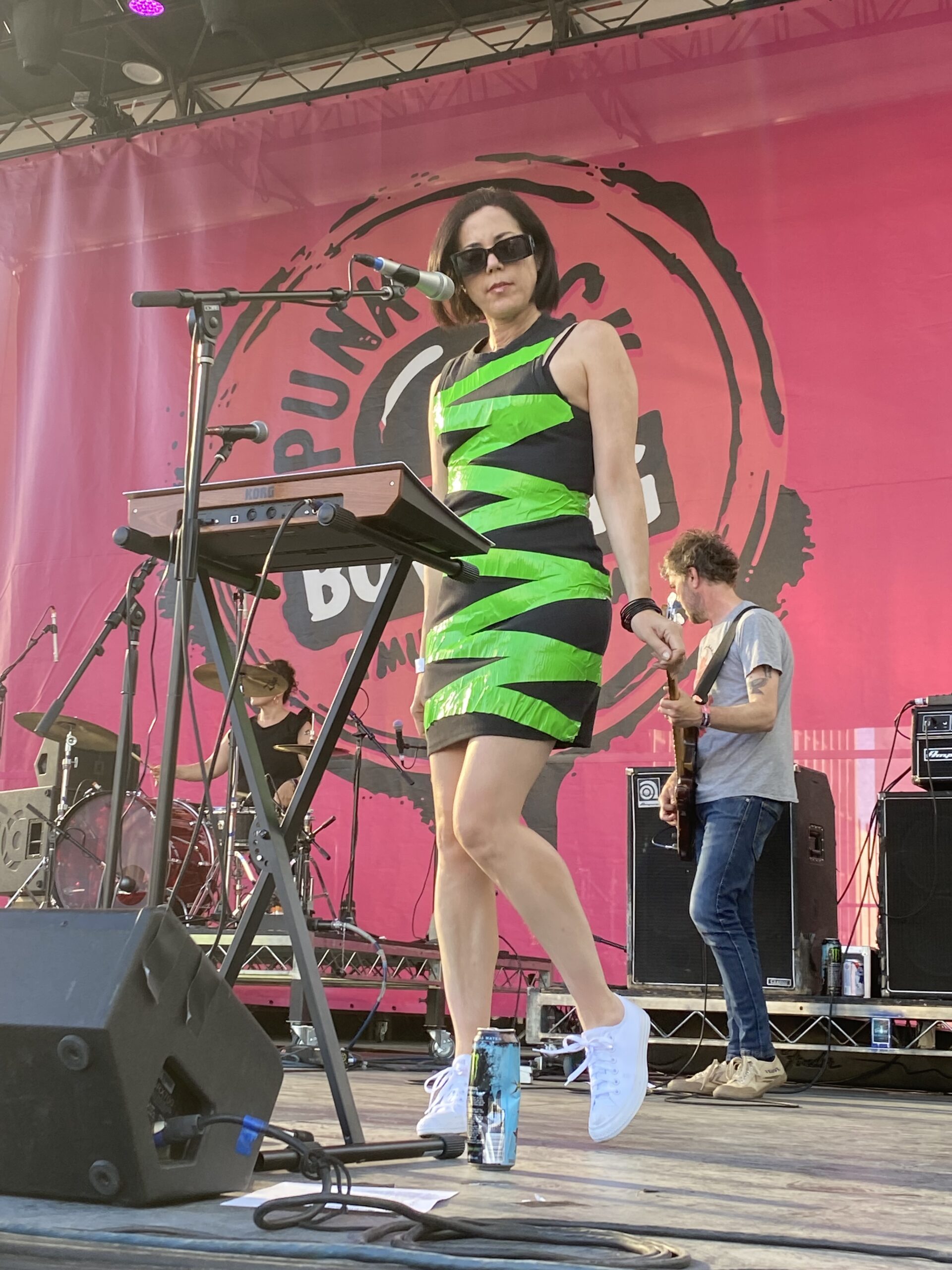
Who is playing in the band in 2025?
Molly: Allison, Molly, Audrey Marrs, Marty Key and Rose Melberg.
Allison: Currently, the lineup is me, Molly, Rose Melberg (Tiger Trap, The Softies, Go Sailor) on guitar, Audrey Marrs (Mocket, Oscar-winning filmmaker) on keys, Marty Key (Young Pioneers, Ted Leo & the Pharmacists) on bass … all people we’ve known and worked with for a long time, so it’s family.
What were you like as kids? Are you from musical families?
Molly: When I was really little, I had a long commute and we listened to the radio. I always felt very connected to music and the emotion of songs. We had a tambourine, a piano and a conductor’s baton in my house. Oh, and bongos. I learned piano and clarinet as a kid, but never thought about playing a rock instrument until I was basically a punk rocker.
Allison: I’m an identical twin born in Memphis but raised in Washington State. I was pretty shy/awkward as a kid, had a Dorothy Hamill haircut and did gymnastics. My parents divorced when we were around seven, and my mom, Pat Shively, came out as a lesbian feminist (also as a vegetarian for one year and a hippie for a few more). My mom moved us to Olympia in 1980 and started the first women’s health clinic there (the second in the state). She was a real trailblazer. She played a lot of mostly women’s music in our house: Joan Baez, Hazel & Alice, Emmylou Harris, Malvina Reynolds, Patsy Cline, and Olivia Records musicians. In fifth grade, my sister Cindy and I were in an after-school group called the “MusiKids” and wore matching primary-color shirts sporting the group logo. With choreographed dance moves, we performed Neil Diamond and Jimmy Buffett songs at senior centers and elks lodges, places like that. In middle school, I played clarinet, then switched to bass clarinet. I played bass clarinet in a clarinet quartet that won the state championship three years in a row!
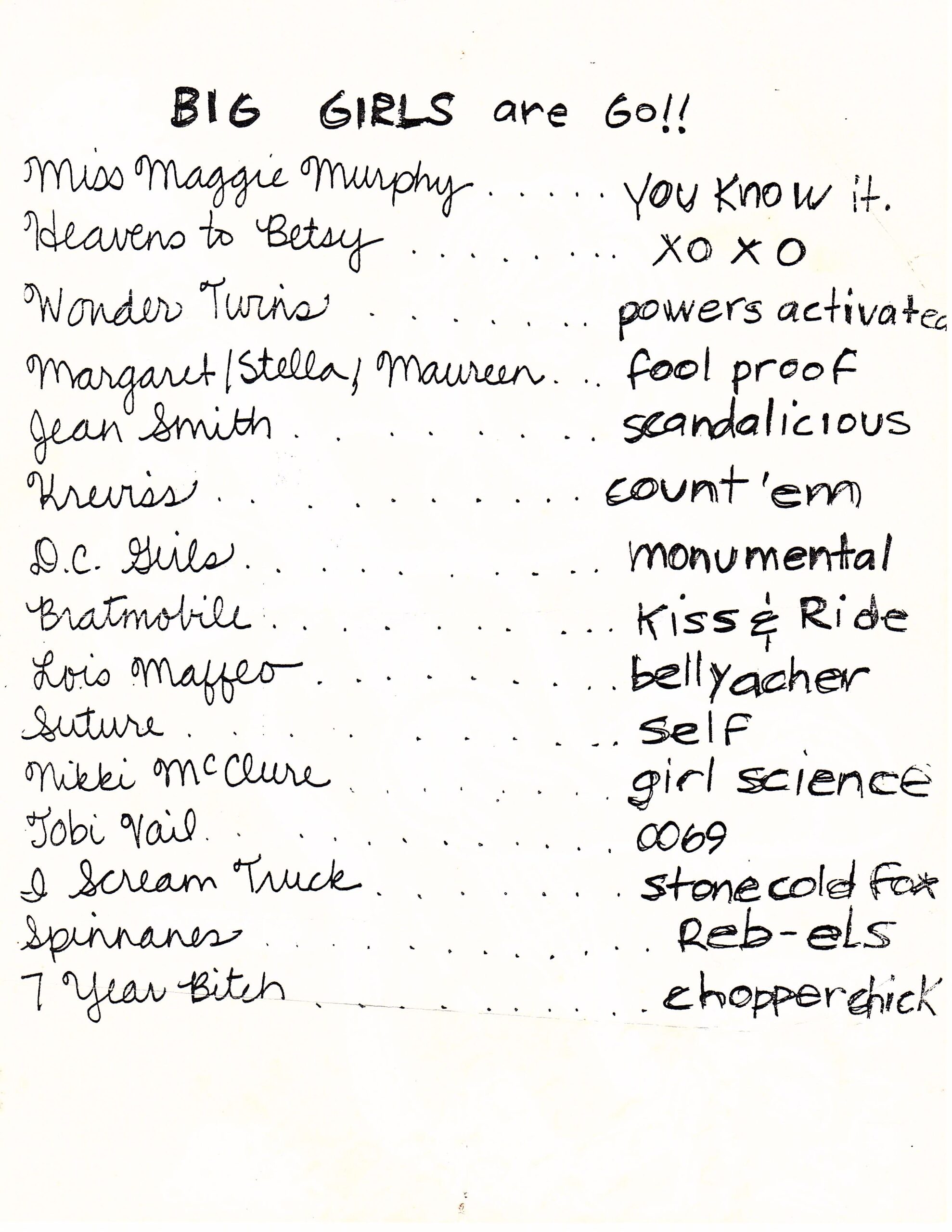
What were you into as teens?
Molly: I was into R&B, Go-Go, classic rock, new wave. I had a tape that a guy in the grade ahead of me had made for me and my best friend that had Rites of Spring and the Replacements on it and that clicked something I didn’t know was inside me.
Allison: I was a teenage Duranimal! Big Country was the first concert we ever went to, on our 13th birthday! Duran Duran at the Seattle Center Coliseum was our second concert, and my sister and friend Staci managed to squeeze their way all the way up to the front near John Taylor. I loved new wave, especially fun, girl-fronted musicians, like Bow Wow Wow, the Go Go’s, B-52s, Joan Jett, Blondie, Missing Persons, Romeo Void. In my later teens, I started going to punk shows in Olympia and Tacoma, and saw bands like Girl Trouble, the Melvins, Skid Row (later renamed Nirvana), No Means No, SNFU, Malfunkshun, Dangermouse (with Donna Dresch), Noxious Fumes, Fitz of Depression, Lush (with Slim Moon).
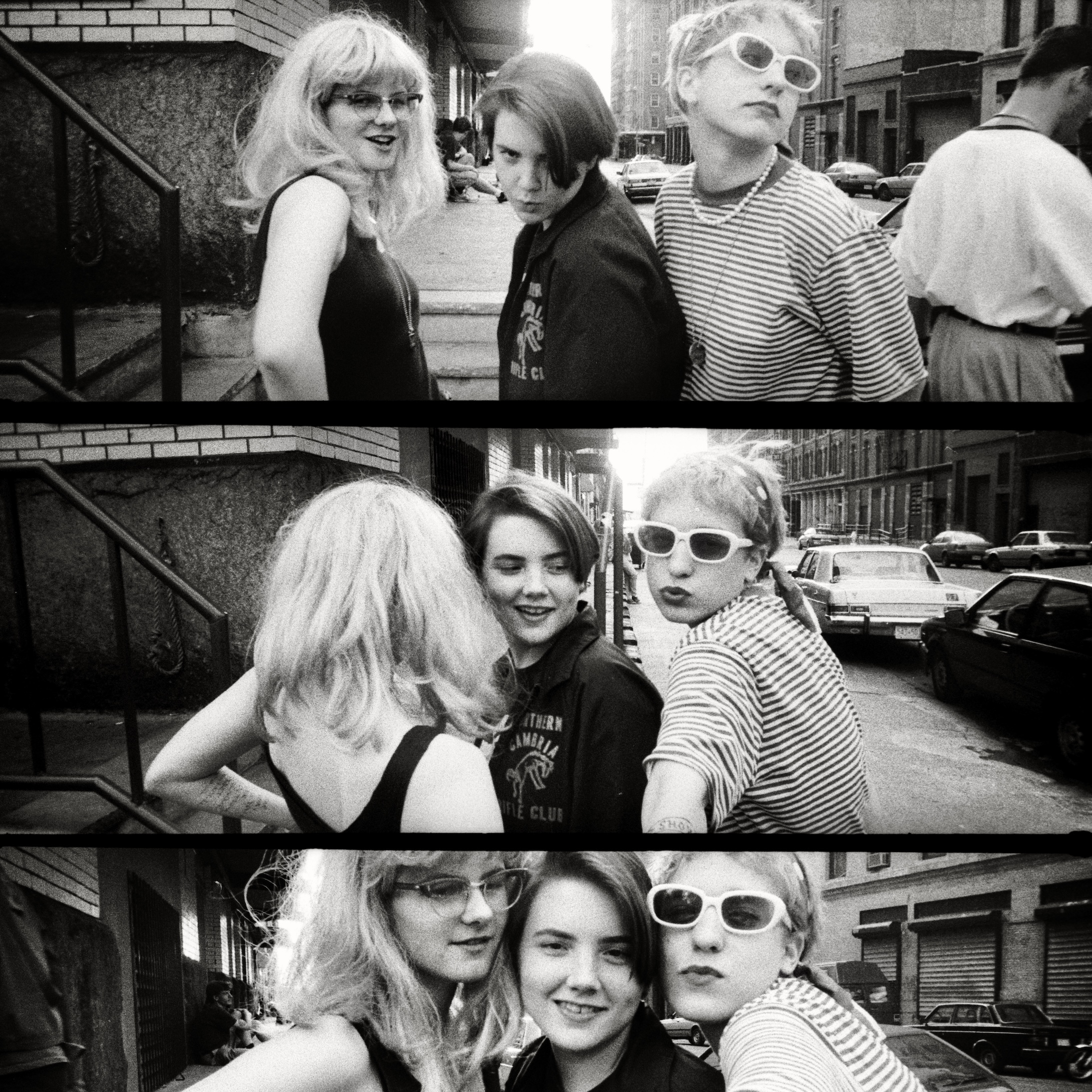
What was your songwriting process like back then?
Allison: We were always a bicoastal band, so we didn’t have a lot of time together to practice, write songs, record, tour, etc. With the constraints and the riot grrrl politicization, there was a sense of urgency to everything we did. I would write in a notebook whenever I was mad, and later mine it for lyrics and insert that in whatever riffs Erin came up with (or Molly, in the early days). I think I have an ear for song arrangement.
Molly: Some of the details are fuzzy and we had two sort of specific writing blocks, the first when we were starting out and super influenced by K bands and our peers and our own technical limitations, and the second when we had been playing for years and I personally had worked really hard to become a better drummer. We always started with riffs and beats and have some pretty creative arrangements when you try to figure them out many years later.
Tell us about some crazy shows that stand out in your memory: weird venues, bad soundperson, etc.
Allison: Probably the craziest show we ever played was in Sioux City, Iowa, on our first tour across the country in 1992 with Heavens to Betsy. We showed up to this old, abandoned school building in the middle of nowhere, and all these wacky young kids were there waiting for us. A slightly older punk couple lived in some classrooms on an upper floor and put on punk shows in the gym downstairs. I remember hanging out in the old cafeteria beforehand and opening up the nacho cheese squeezer; that was pretty gross. When Heavens to Betsy played, there was a super-fan kid up front doing some kind of autoerotic asphyxiation the whole time. The kids moshed to both of our bands, probably psyched for any band that came through town. When we ended our set with “Cherry Bomb,” the kids went wild, jumped on stage, grabbed the mic and took over. We spent the night upstairs in one of the old classrooms. I loved every second of it.
Molly: One of my favorite memories was on our first U.S. tour with Heavens to Betsy. We were in two cars, I was mostly in the car with H2B because it was a stick shift and only two or three of us on the tour could drive it. We pulled up to Sioux City, Iowa and a place called Kings Court, which, if memory serves, felt like an abandoned or decommissioned school. The show was in a school auditorium style place and the punks milling about seemed really intimidating, Knox gelatin spikes, etc. When the first band played and there was a circle pit, I remember thinking to myself, “they’re gonna kill us.” By the time we played, something happened and it was literally the most joyful, hilarious show ever. The kids LOVED it. I don’t know if kids in the Midwest still have scenes that the coasts sleep on but some of the best times I had in any band have been in places like Sioux City.

What are your fans like now vs. back in the day?
Molly: It’s so incredible to see friends who used to come to our shows now come with their kids. And to see kids who are under 18 come on their own. The blending of generations and the happiness music and community bring to our shows has been exhilarating.
Allison: We have multiple generations of fans now, which is so cool… a mixture of people who saw us back in the day and wanna relive it, kids who weren’t old enough (or born yet) back then and wanna see us now, mothers with their daughters, lotsa ladies women and girls, LGBTQ+ people all smiling, dancing and singing along. I often forget how rare and special that is until I get a rude re-awakening at some more bro-y, mainstream-ish show or festival.
How is being in a band different now than it was then?
Allison: We’re no longer sleeping on floors, booking our own tours with land-lines, long-distance calls and answering machines, snail-mailing demo tapes and postcards, on the prowl for stolen calling cards and tone dialers, getting lost with scribbly hand-written directions, wondering if we’ll find any vegan food/snacks anywhere, etc. But now, I feel a little more pressure with bigger shows, and I have to go to the gym to survive jumping around on stage.
Molly: Speaking for myself, it’s not just the technology landscape and modern inconveniences and dependencies we all navigate but when we started our band, we didn’t have an agenda, a road map, or a template. We went by instinct and youthful freedoms. We had something to say, friends who inspired us, and enough privilege to try and if we failed, we knew we would be OK. In my life now, I have a lot of responsibilities and can’t stop and drop and do things without there being push and pull. But I also have been so nourished by playing with my friends, by connecting with new generations, and having space to hit loud drums when so much sucks in the world.
Where do you both live now and do you have day jobs, kids, pets, hobbies?Molly: I live in Los Angeles with my husband, daughter, dog and two cats. I am the president of CD Baby within Downtown Music. I like to exercise, read, eat, have a delicious cocktail or glass of wine once in a while and travel when I can.
Allison: We both live in LA now, so that’s nice. I teach a music journalism for radio/podcast class at UCLA. I also teach ESL English and DJ here and there. I have a podcast, I’m in the Band, that focuses on underrepresented indie artists as cultural activists and is in the process of being revived. I do some freelance music writing and radio stories here and there.
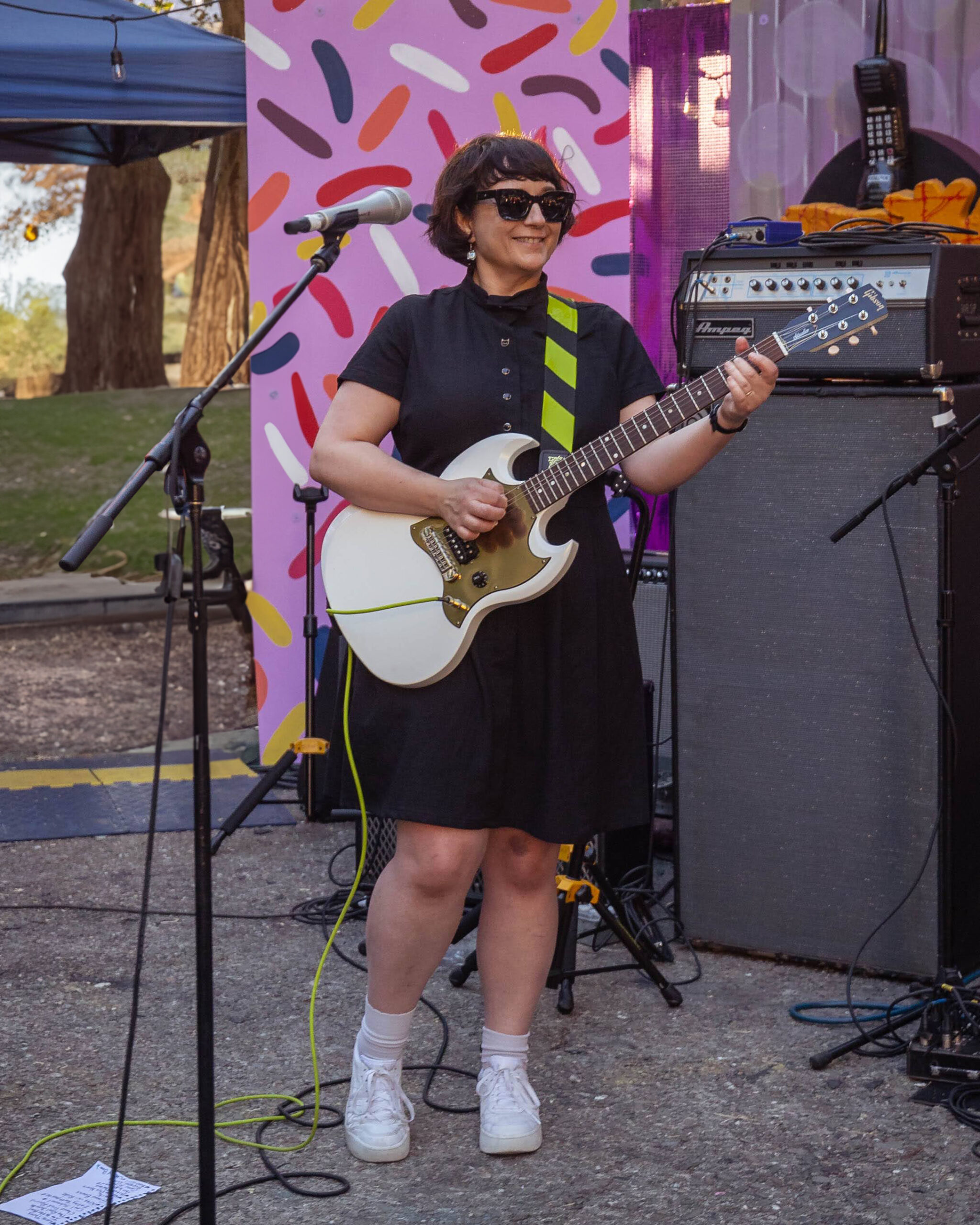
If I came to visit for a day, what should we do?
Molly: GAIL! Please do! We should have breakfast at my house because there’s lots of weird wildlife and it smells really nice. Then we would start making our way west by taking a walk in Descanso Gardens. We could have lunch in Little Tokyo, stop by LACMA, have an afternoon at the beach and clean up in time for an ACFC evening match. Maybe a stop at The Smell if a show is on or a mocktail at a Highland Park bar…
Allison: I love downtown LA (without ICE and the National Guard, of course). I would walk around inside Union Station, maybe have a drink at the weird little Tracks bar inside, walk across the street to La Plaza at Olvera Street, go to the LA Observation Deck inside City Hall, maybe walk over to Chinatown nearby… all of that historic stuff is within walking distance of each other. From there, you could move on further downtown and go to The Broad museum, the Biltmore hotel lobbies, the Last Bookstore, the Bradbury Building lobby, get some vegan ramen and buy mounds of amazing dried chilis inside Grand Central Market, have a drink at La Cita. If you have more time and energy, you could go a little further southeast to walk and shop around Santee Alley, or hit Little Tokyo for snacks and bevvies.
What advice do you have for kids starting a band?
Molly: Just do it. If you like it, work at it. Any creative pursuit is a combination of passion, drive, talent, opportunity, encouragement and something random. The ratios are different for everyone and the outcomes are too. If it’s not fun it’s probably not worth it.
Allison: Do your own thing, speak out, let it all hang out, put on a show. Wear sunscreen every day, keep a journal. (Do as I say, and not as I do! ha)
How are you both dealing with the times we are living in? What can people do to fight back?
Molly: I am trying to remain calm while managing an internal rage temperature that is exploding.
Allison: Fascism is here, and it’s absolutely terrifying. There’s a genocide going on for all the world to see, and no one in power is doing anything about it; anyone who speaks out is silenced and criminalized. Our government and right wing media are whipping up culture wars to distract from their massive graft/theft. People are getting kidnapped all over the US and disappeared, with no due process, no accountability… etc etc etc! I’m having a hard time, often feeling powerless, but we have to remember that there are more of us than them, and we have to fight for a world that’s worth living in. Everyone has something they can contribute to the struggle, and it doesn’t have to be all the same. We need resistance in all forms, from every angle. Do what you can, do what you’re good at, use your skills, talents, resources in the ways that you can be most effective. We need to keep tracking and disrupting I C E / D H S, warning communities about imminent raids, and supporting people who can’t leave their houses or go to work. Protest in the streets, speak out, write/call our representatives and others in positions of power. I’m not sure how brave I am to commit them, but I certainly support stronger actions. Revolt. Disruption is the point. No justice, no peace.
How do you see the legacy of your band and riot grrrl now?
Allison: I see us as a do-it-yourself, musical strain of third-wave feminism. We wanted more punk in our feminism and more feminism in our punk. We created and actively participated in a supportive community which helped us cultivate raw ideas and talent into platforms for self-expression and cultural activism. I’m just happy whenever anyone says we inspired them to stand up for themselves in the face of any oppression. We all need to see people/images like ourselves doing positive things in order to feel like we can do it too.
Molly: It’s hard to be reflective on a legacy definitively, but I think our band has always had an element of humor and lightheartedness while we also believe passionately in righteousness for girls, women, people of color, the LGBTQ+ community and all marginalized and underestimated groups. I think we are a good time too.
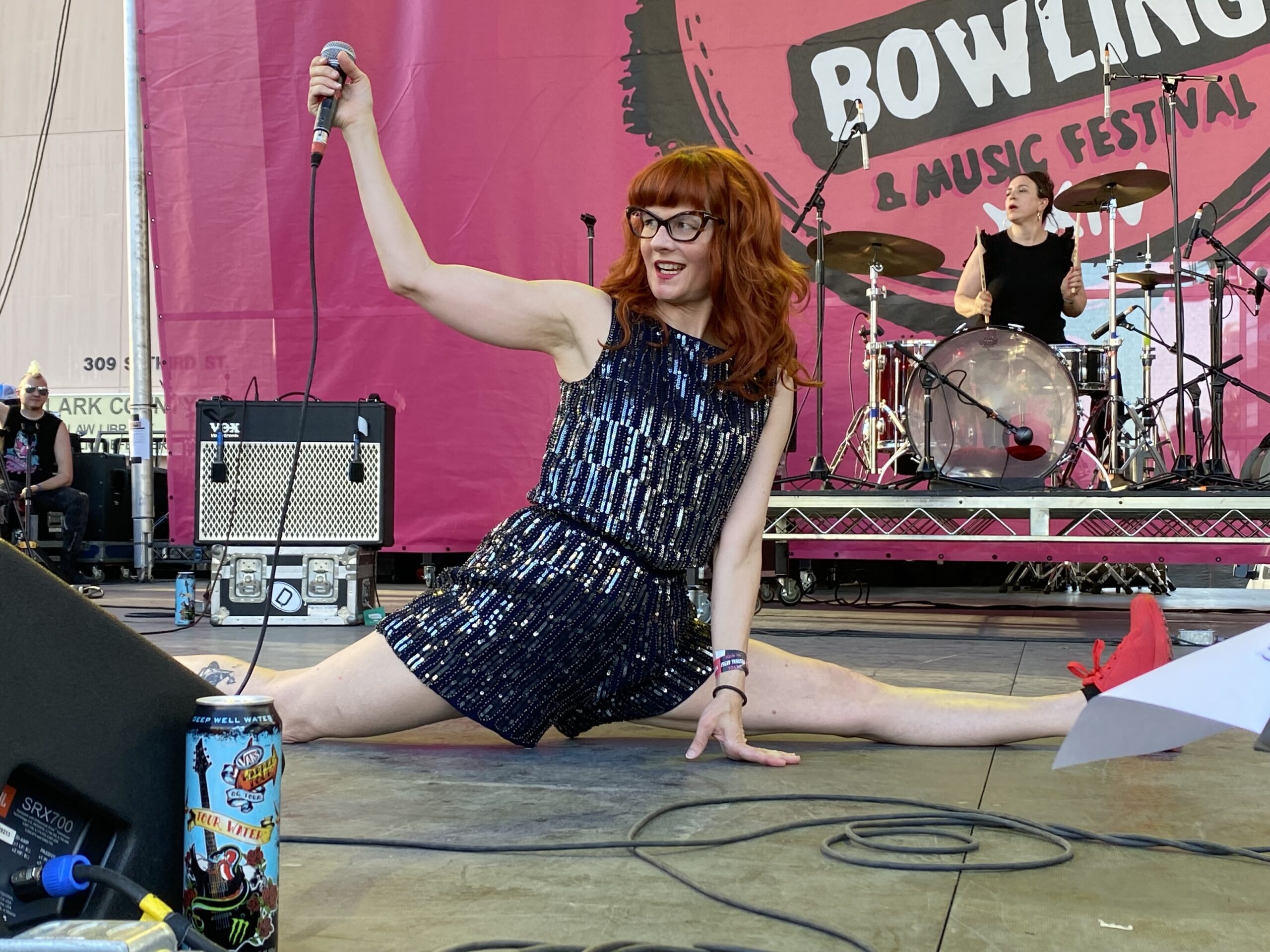
What are you reading, watching, listening to?
Allison: I need to do more of all of that and get off of my phone! I’m slowly re-reading The House on Mango Street and Kindred. I have Liz Phair’s memoir on my nightstand, which I know will be great. Some shows I’ve loved and binged fairly recently are Say Nothing about the Troubles in Northern Ireland and We Are Lady Parts about a Muslim girl punk band in the UK … I went on a deep dive of Conway Twitty songs the other day!
Molly: I just finished Neko Case’s memoir and just before that, Mood Machine by Liz Pelly and But Will You Love Me Tomorrow? An Oral History of the ’60s Girl Groups. They were all powerful and relevant in different ways. I don’t watch much good stuff and I’m listening to a combination of modern pop and hip-hop/R&B that my kid likes and 80s classics.
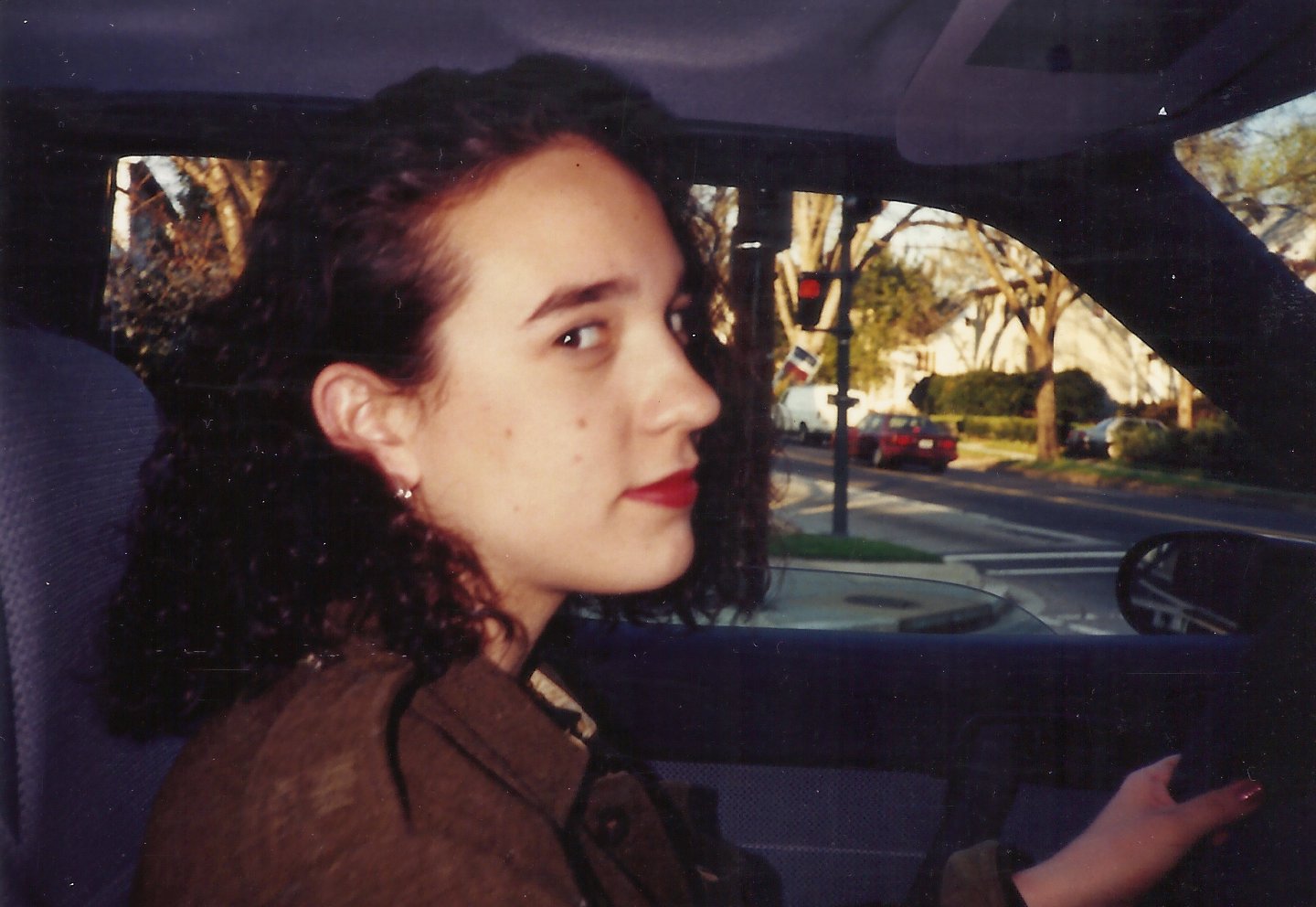
Records Molly Cannot Live Without
Rites of Spring ST
Sheila E. The Glamorous Life
B-52’s Wild Planet
Bikini Kill ST EP
The Go-Go’s Beauty and the Beat
Michael Jackson Off The Wall
Public Enemy It Takes a Nation of Millions to Hold Us Back
Prince Sign O’ The Times
Oasis Definitely Maybe
Ted Leo and the Pharmacists The Tyranny of Distance
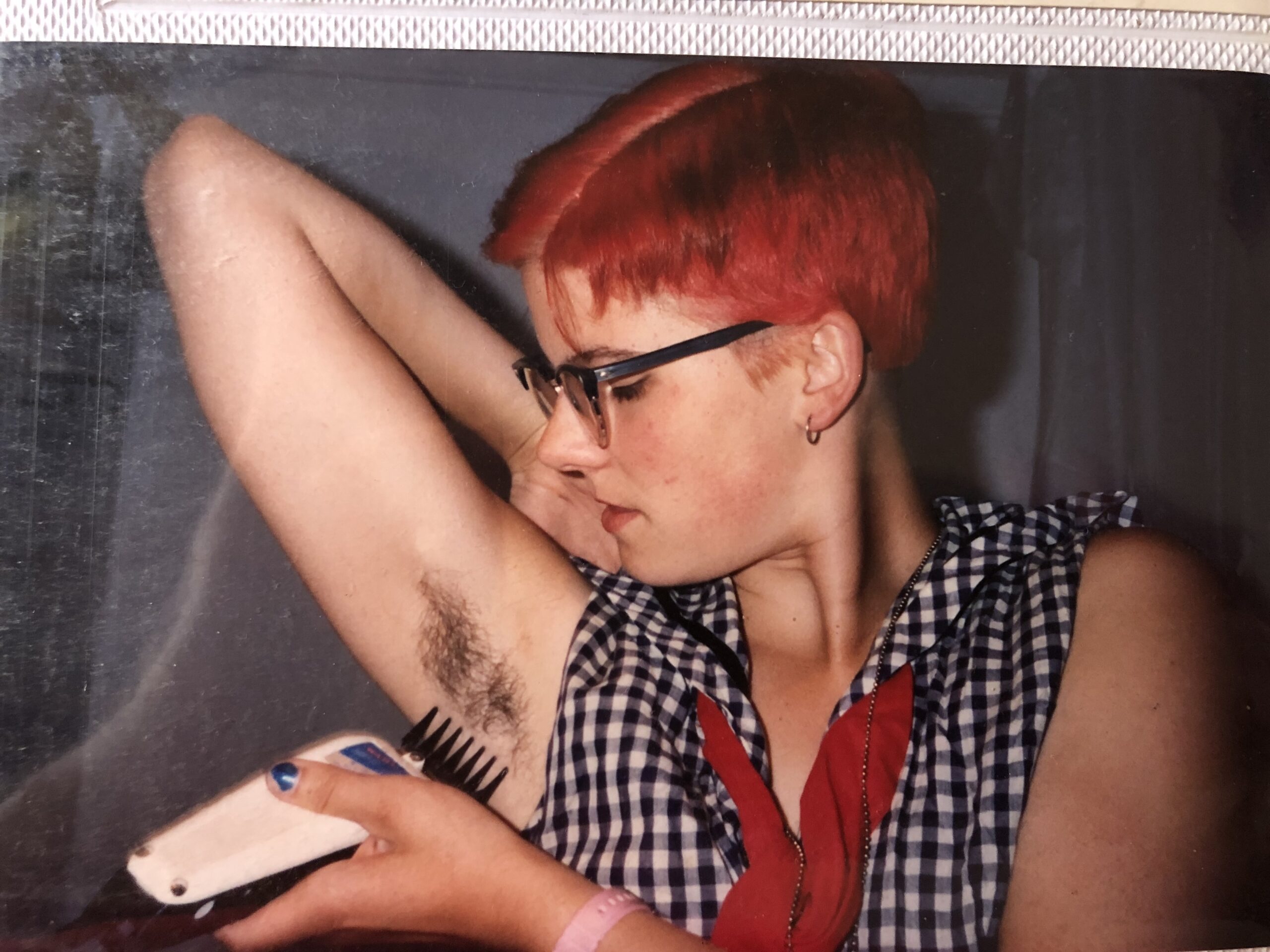
Records Allison Cannot Live Without
The Shop Assistants – Shop Assistants
Matrimony – Kitty Finger
Kleenex/LiLiPUT – First Songs
The Slits – Cut (& Peel Sessions!)
X-Ray Spex – Germfree Adolescents
The Raincoats – The Raincoats
Babes in Toyland – Spanking Machine
Look Blue Go Purple – Compilation
Hazel Dickens & Alice Gerrard – Hazel & Alice
Yummy Fur – Sexy World
READ: International Pop Underground Convention Oral History
READ: Lotsa Pop Losers Oral History
